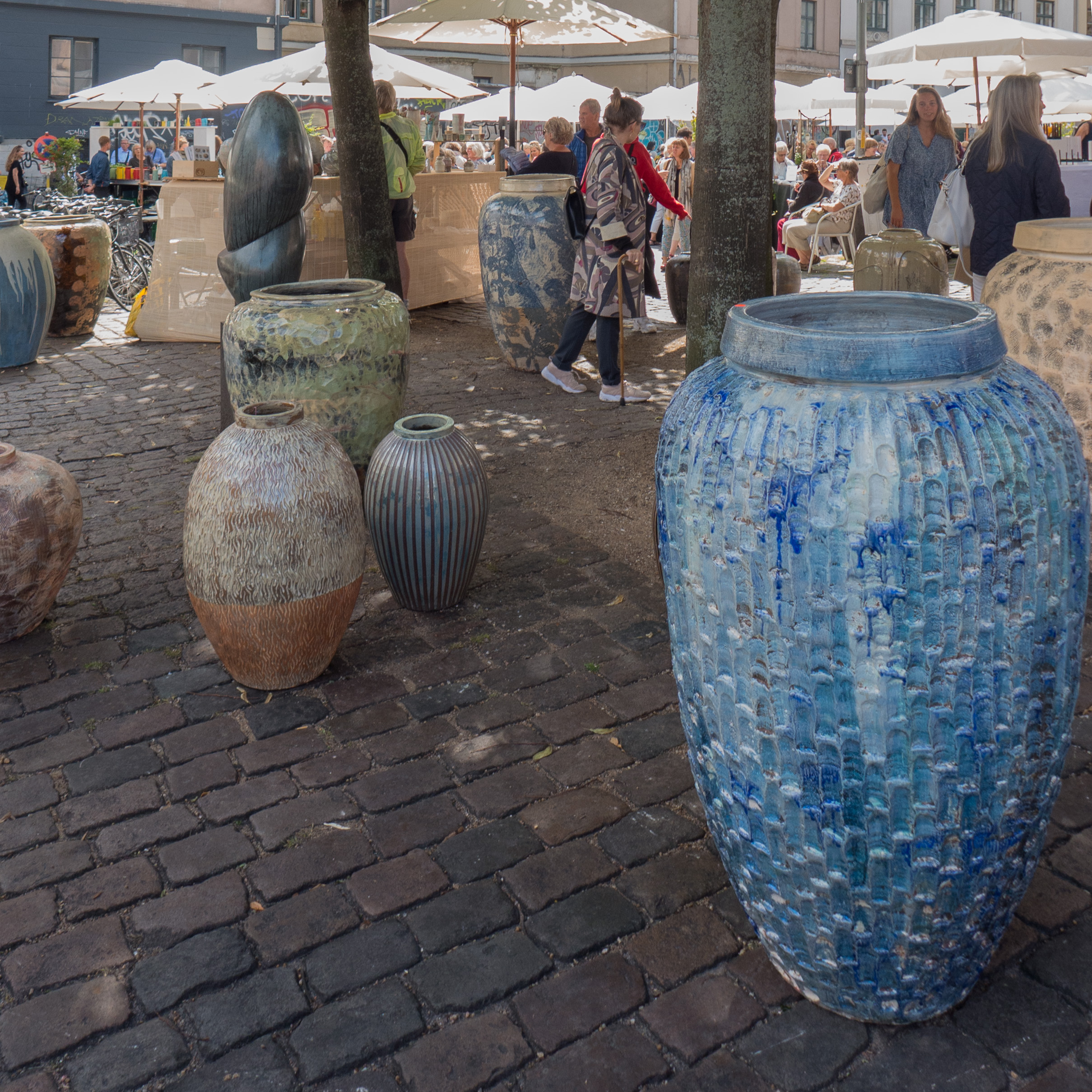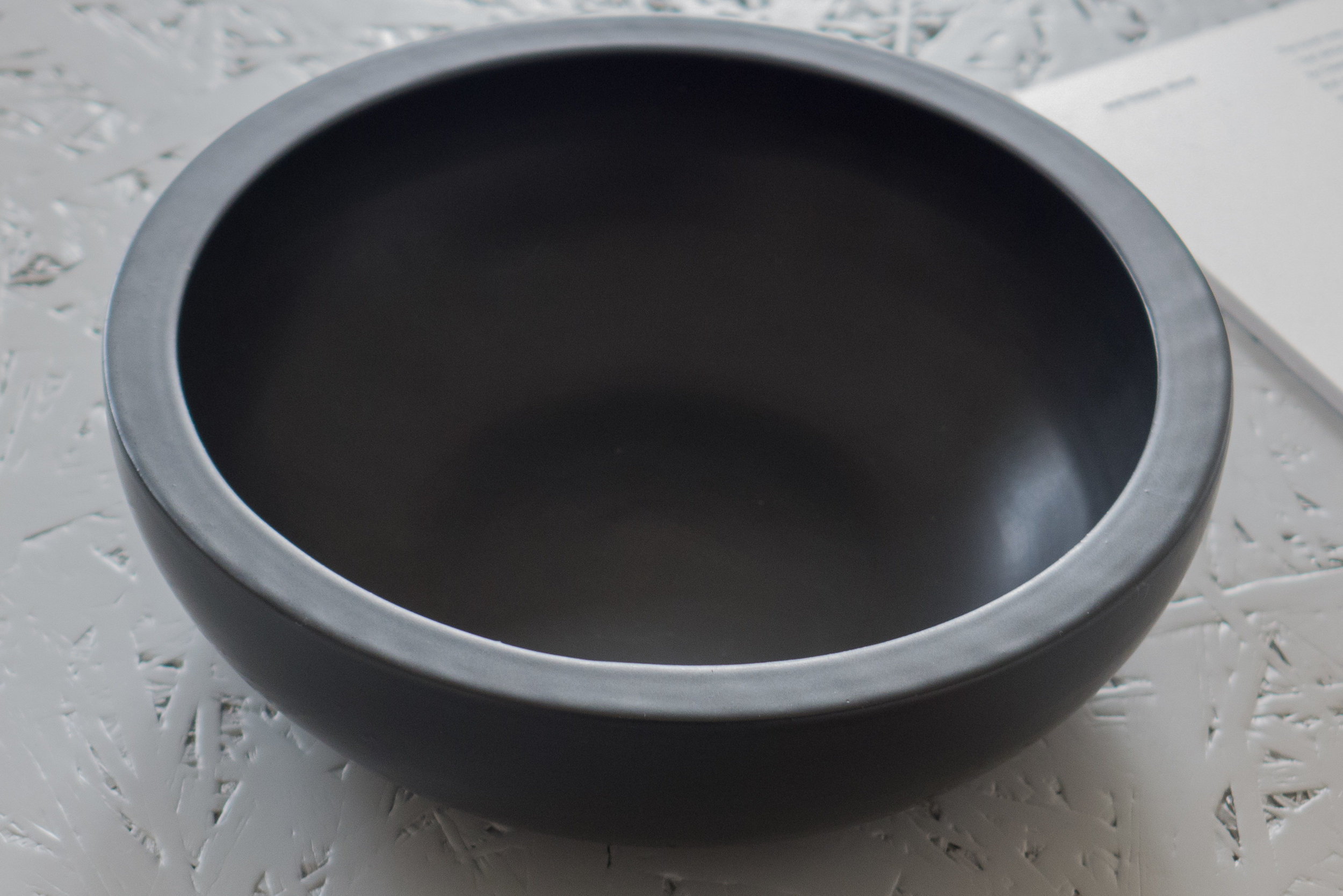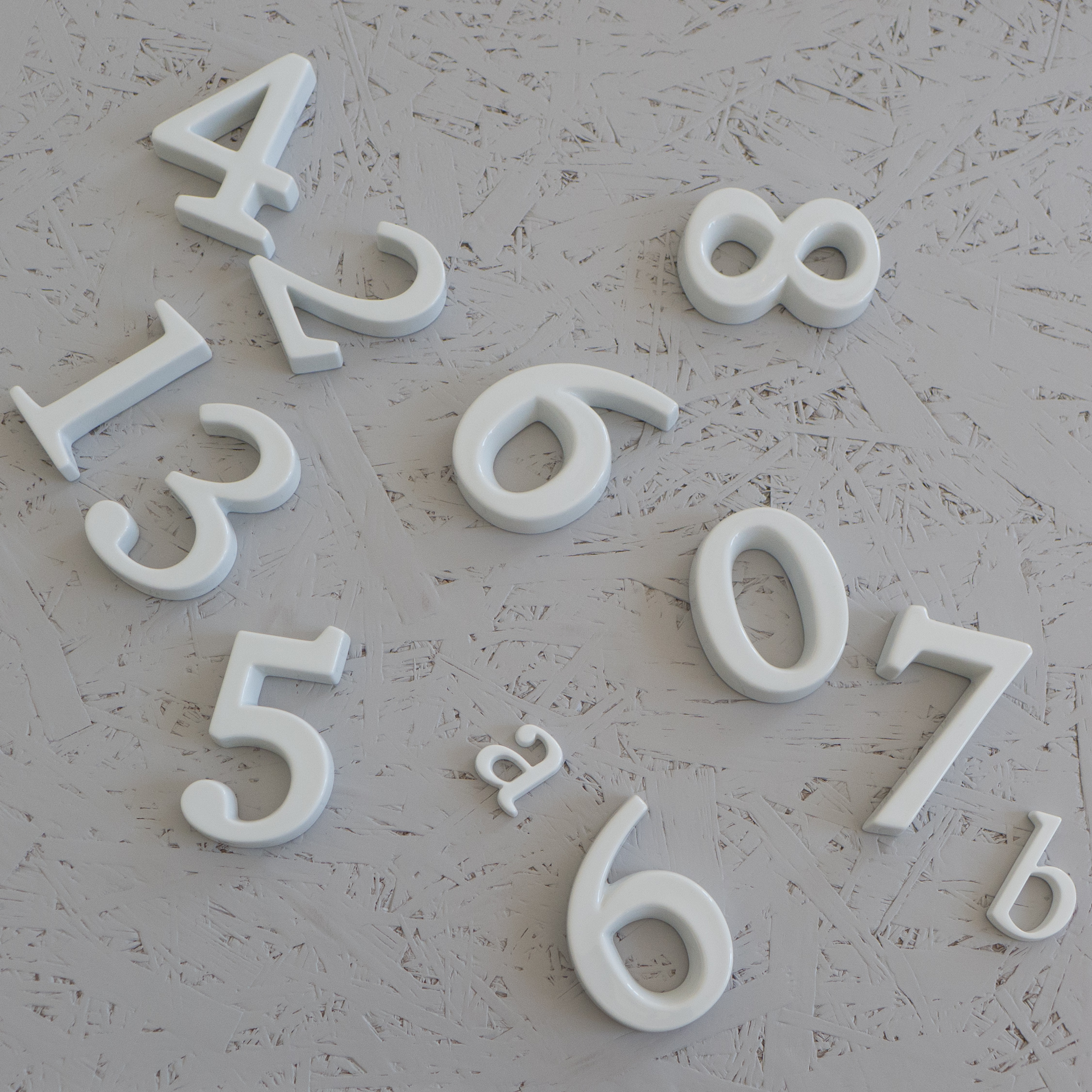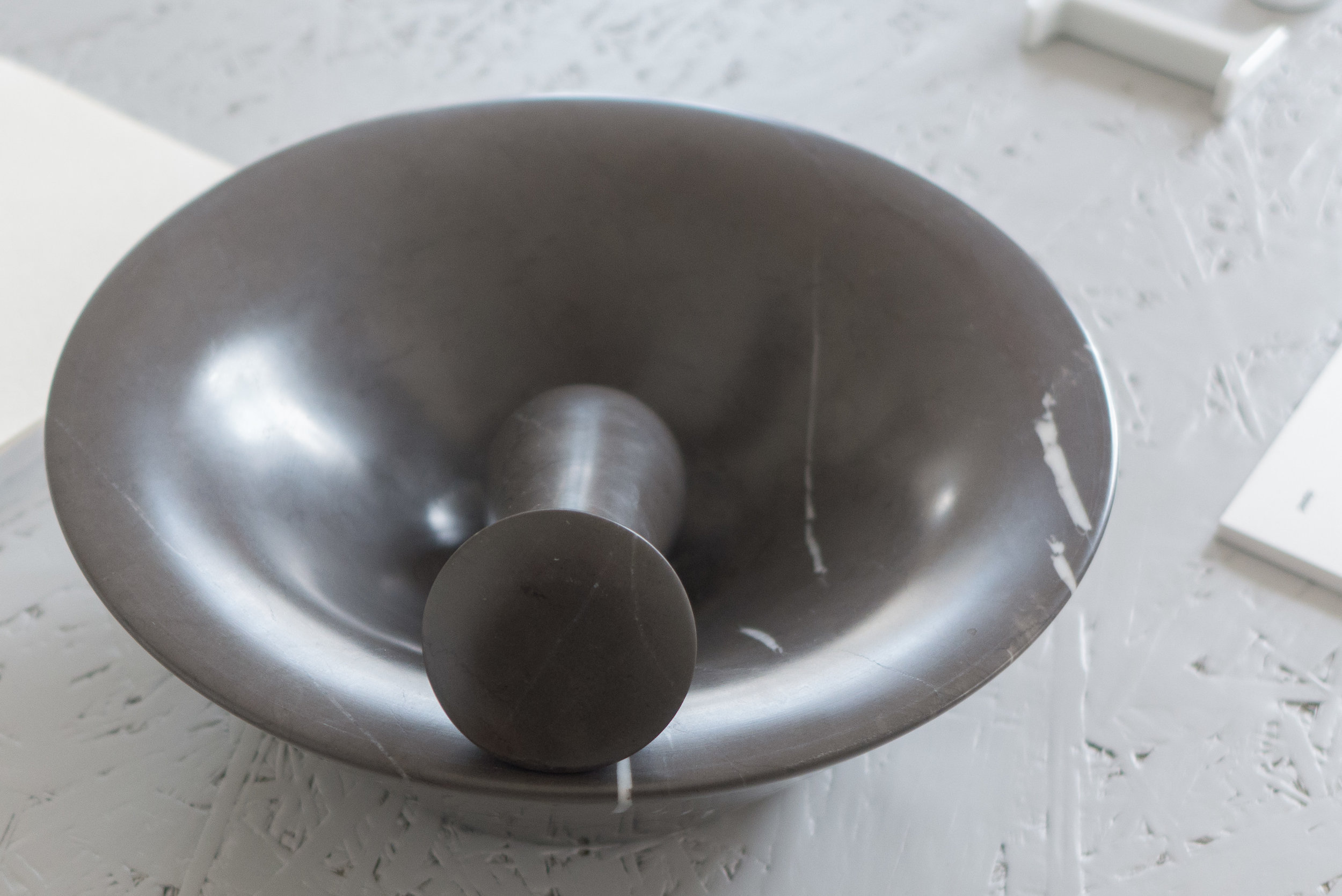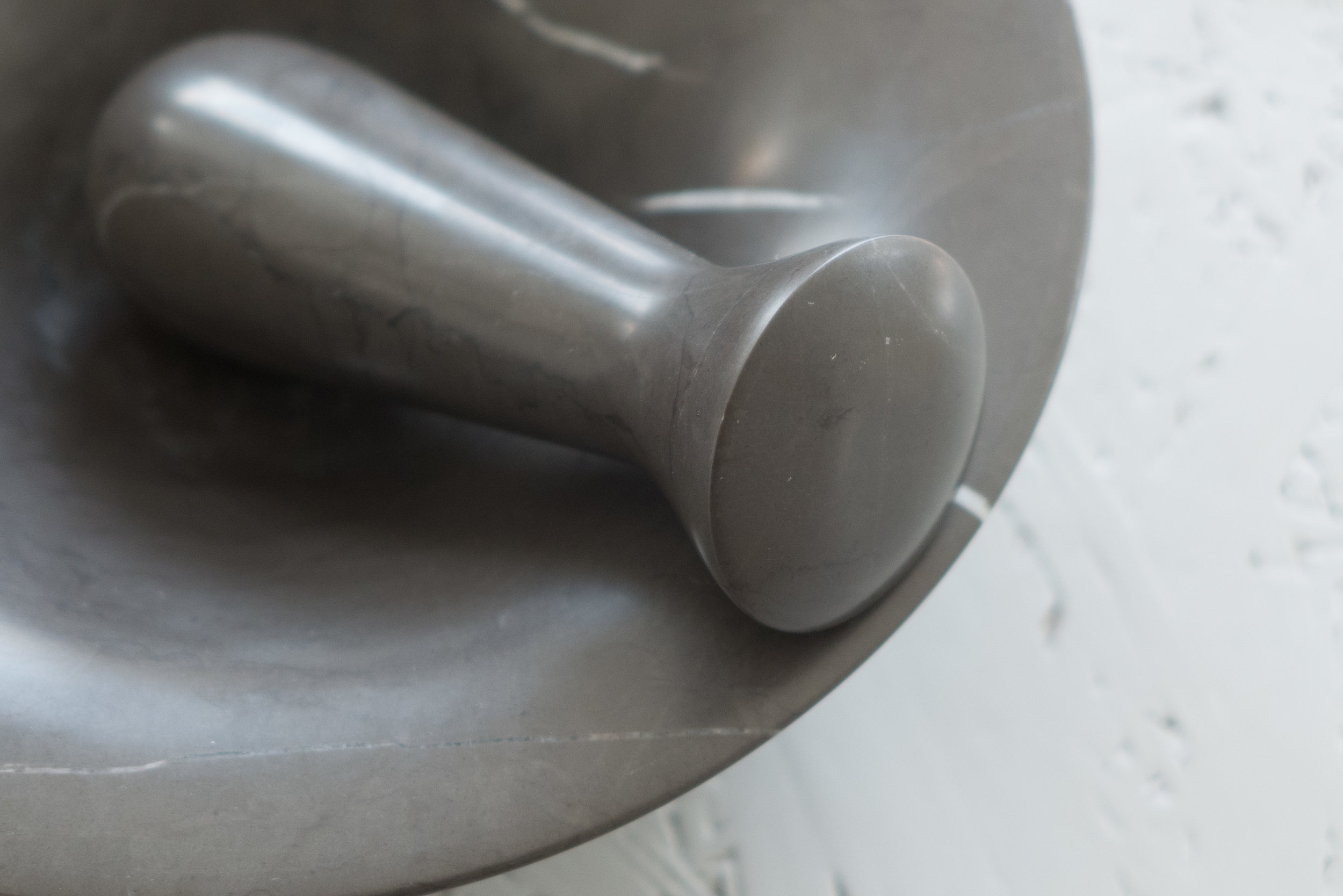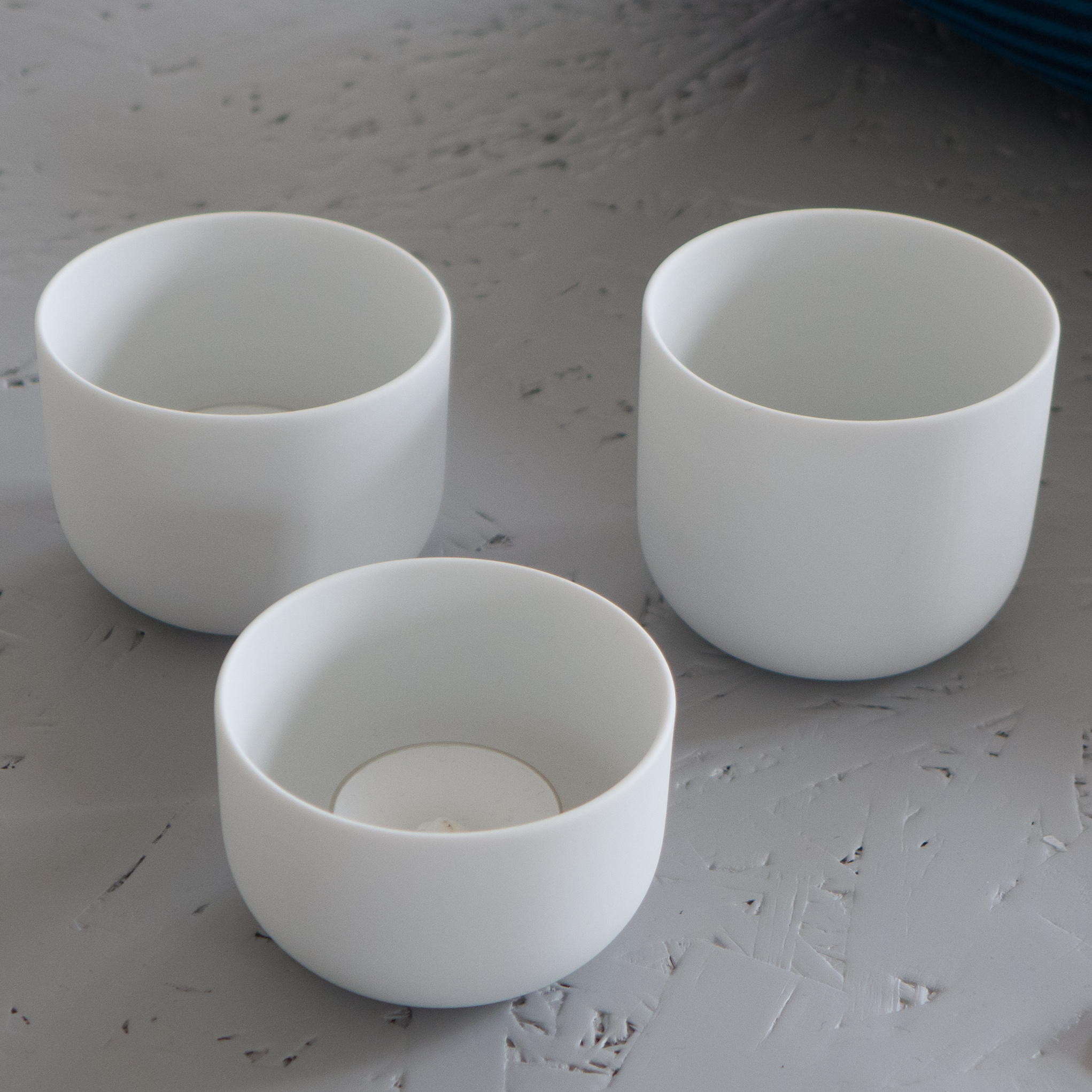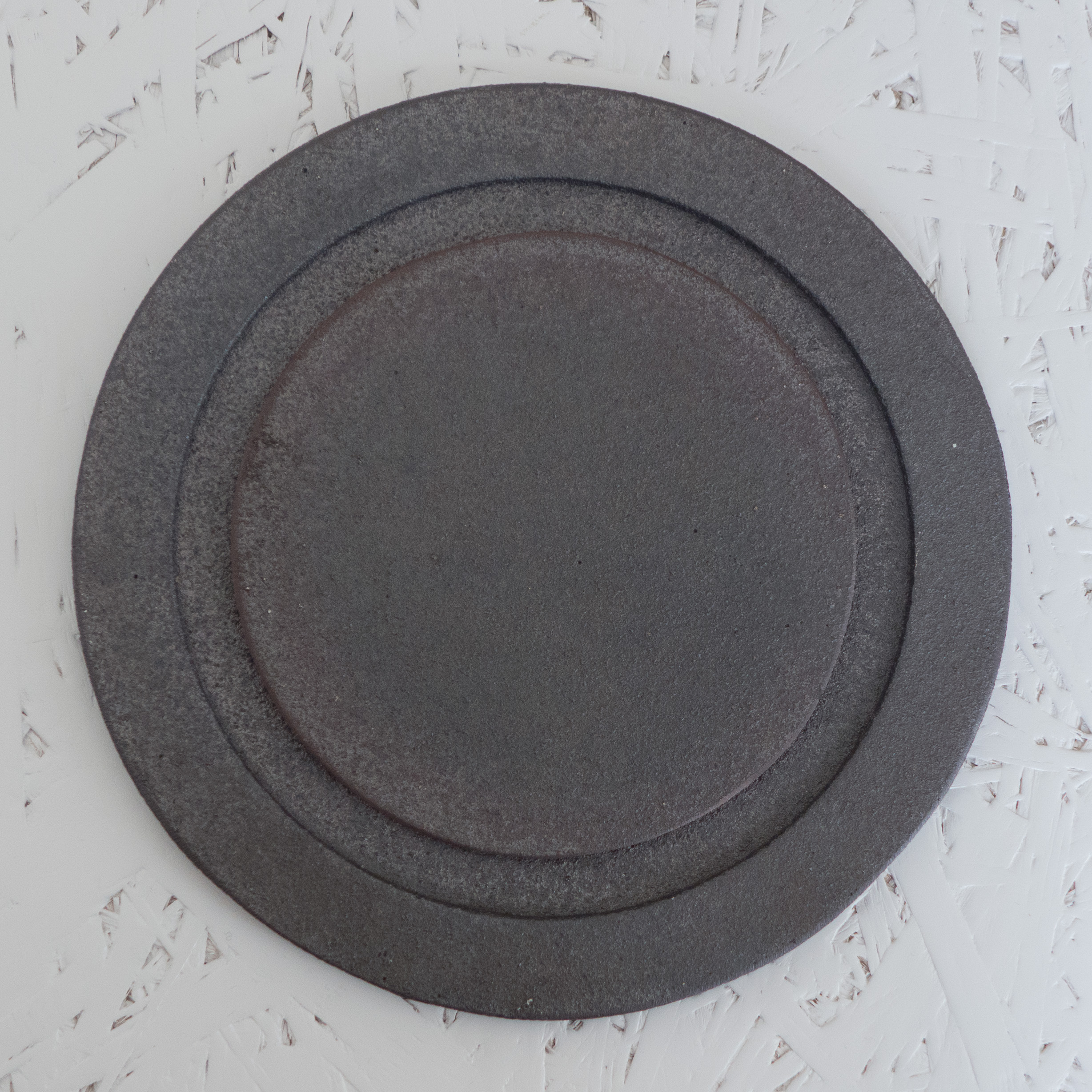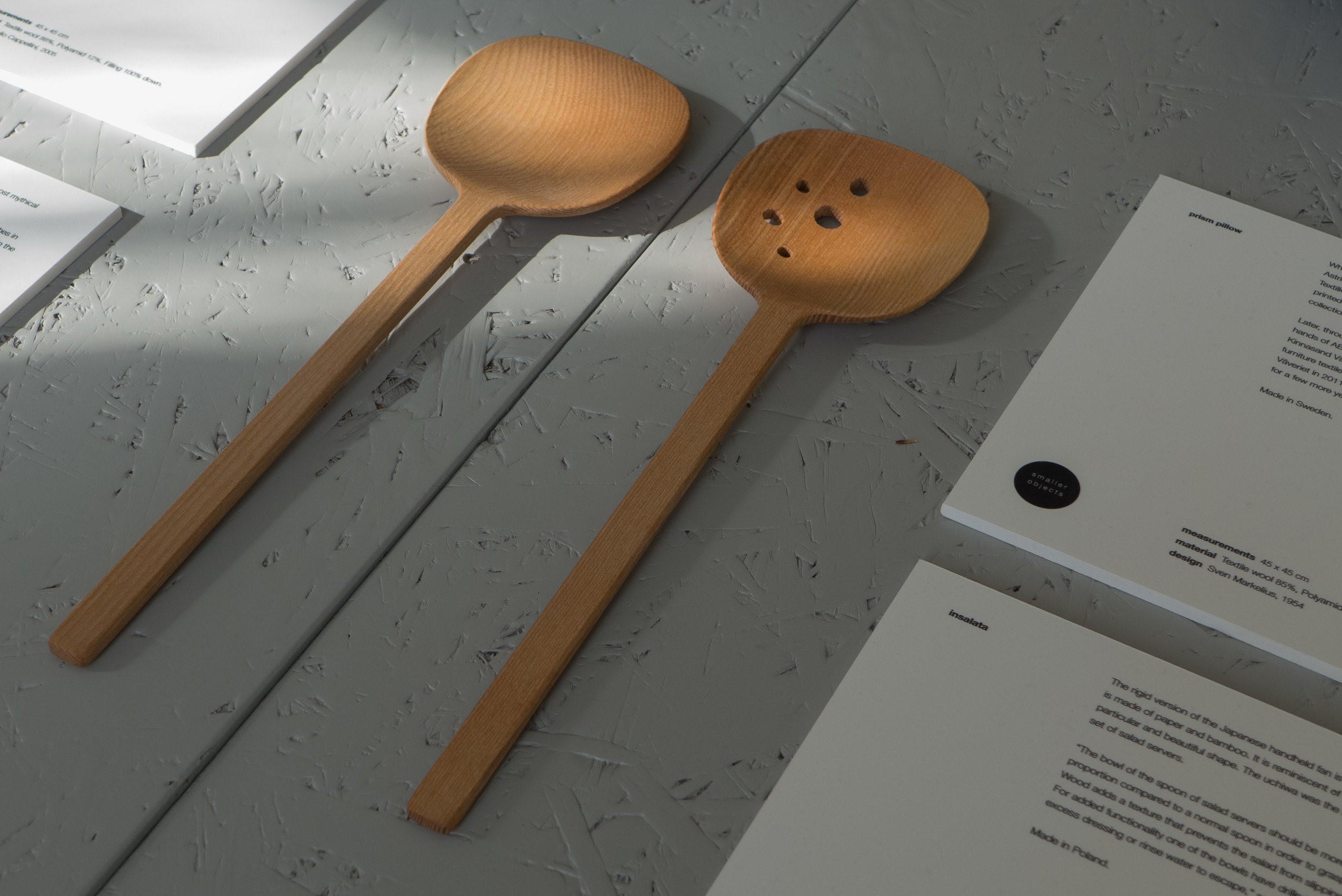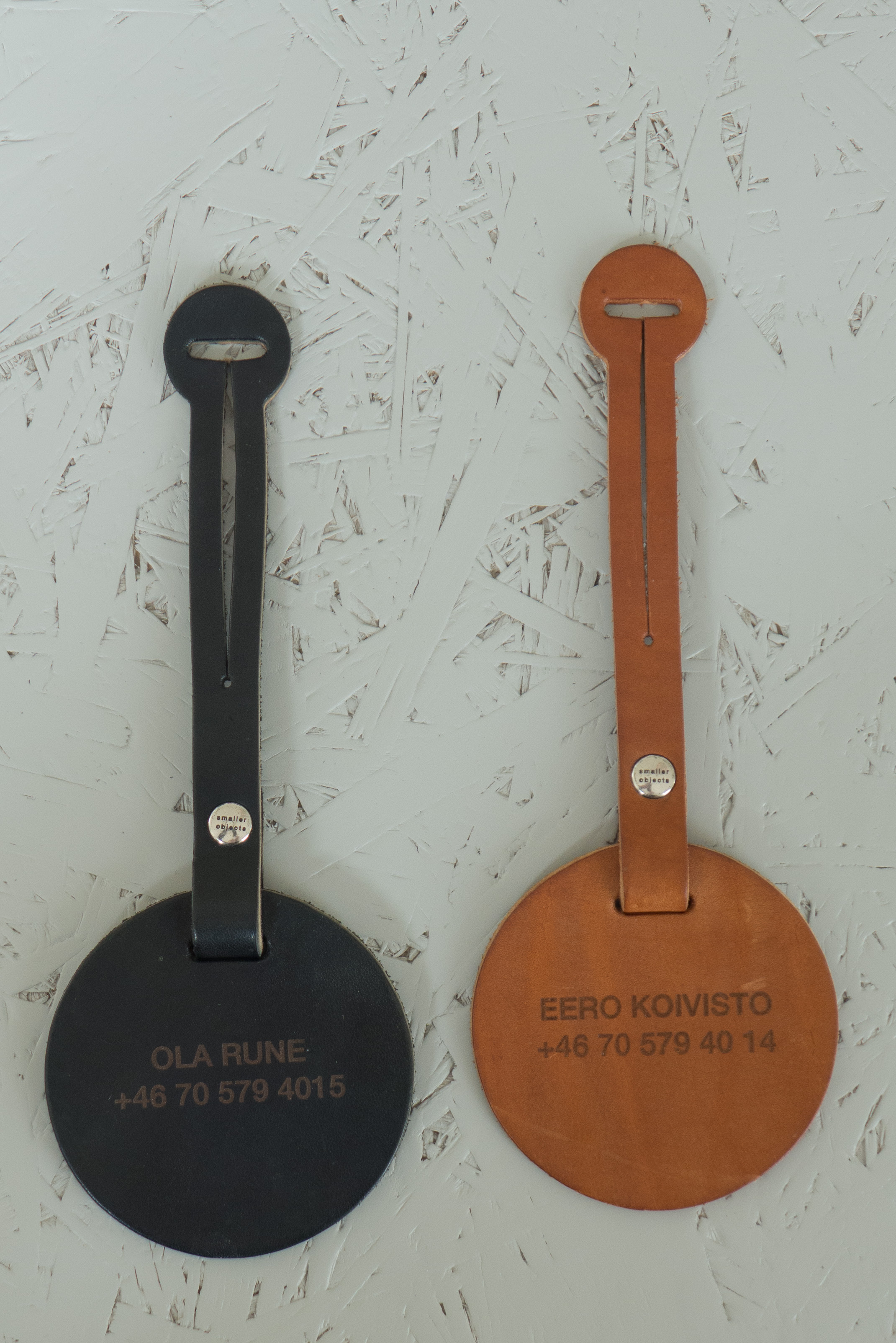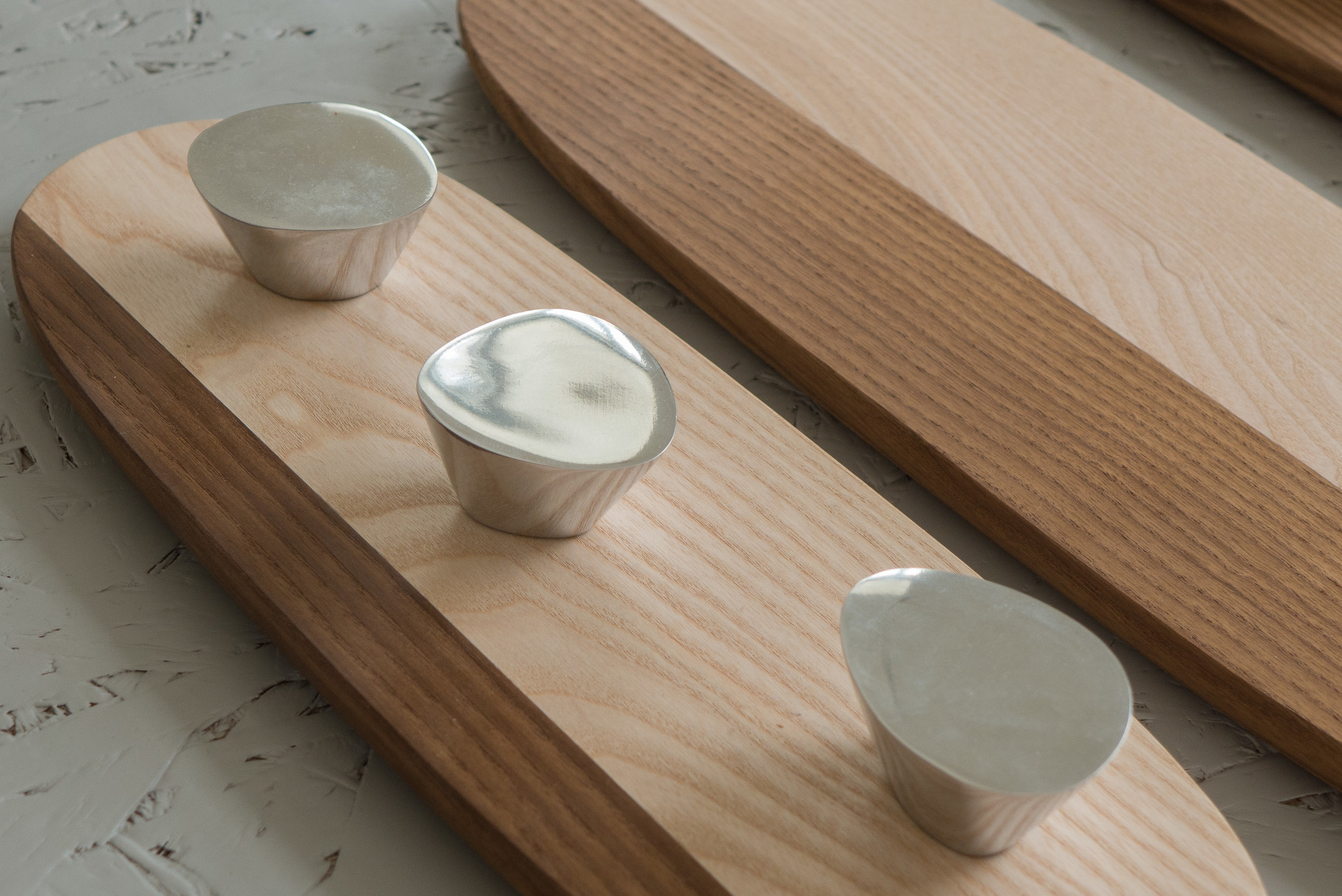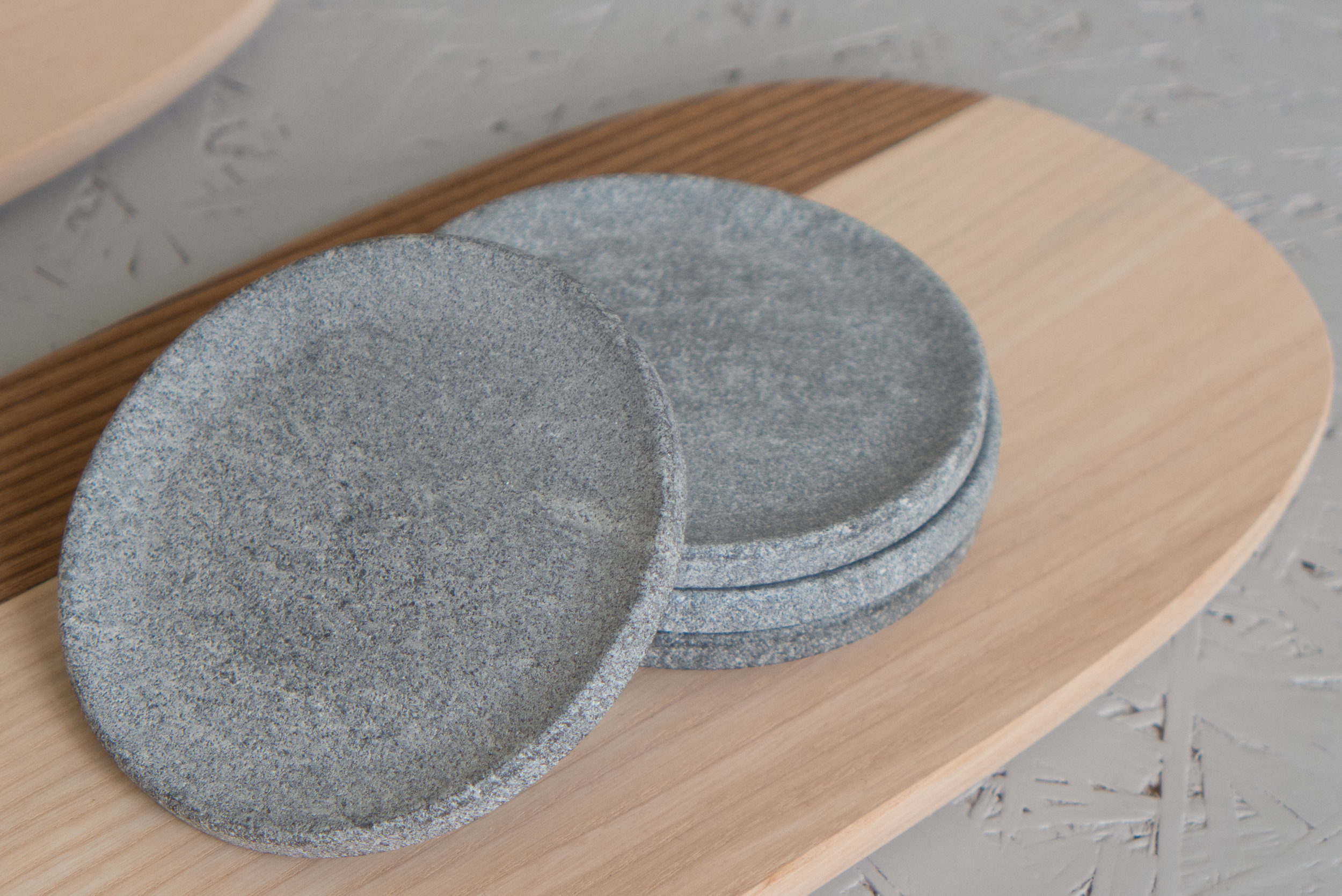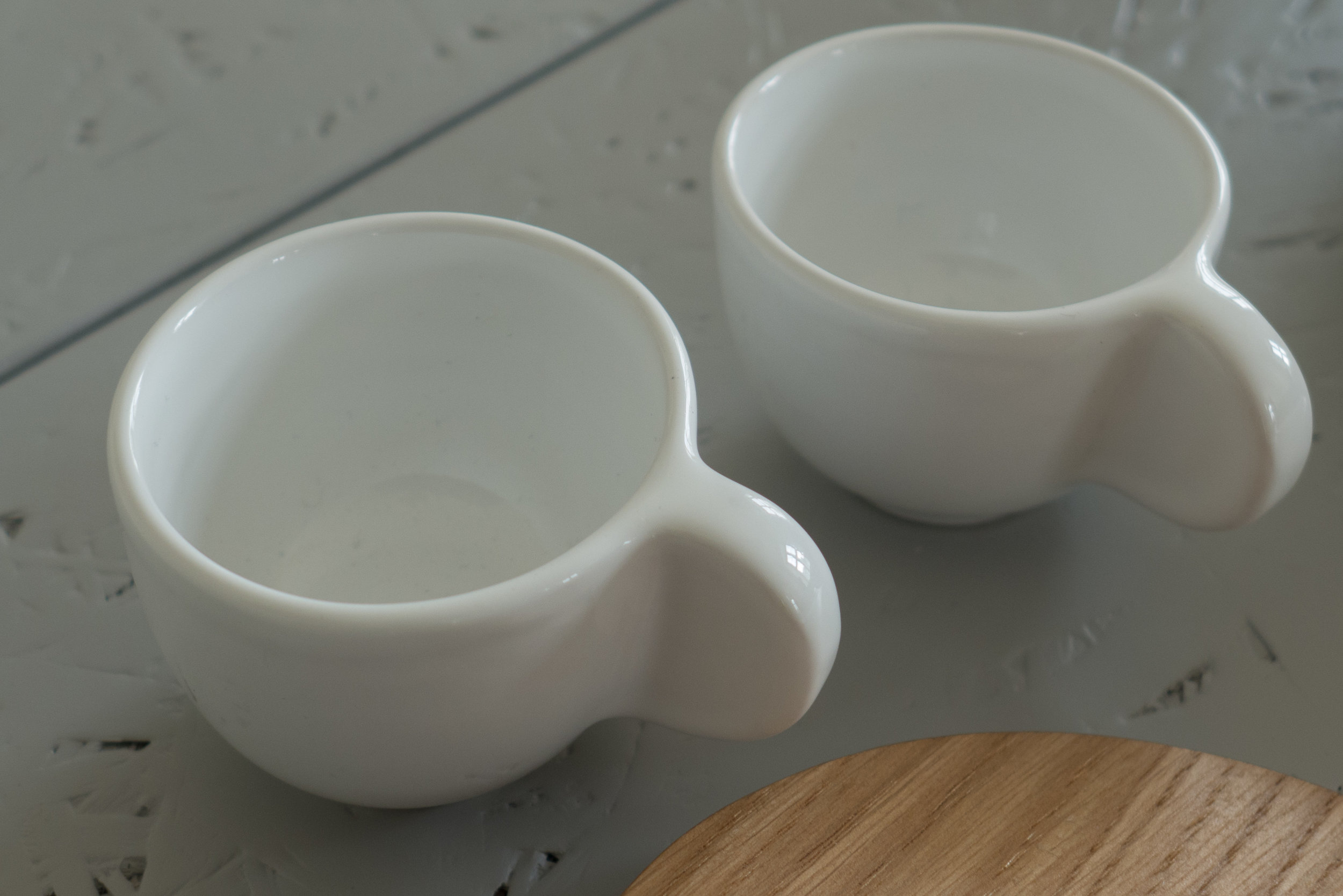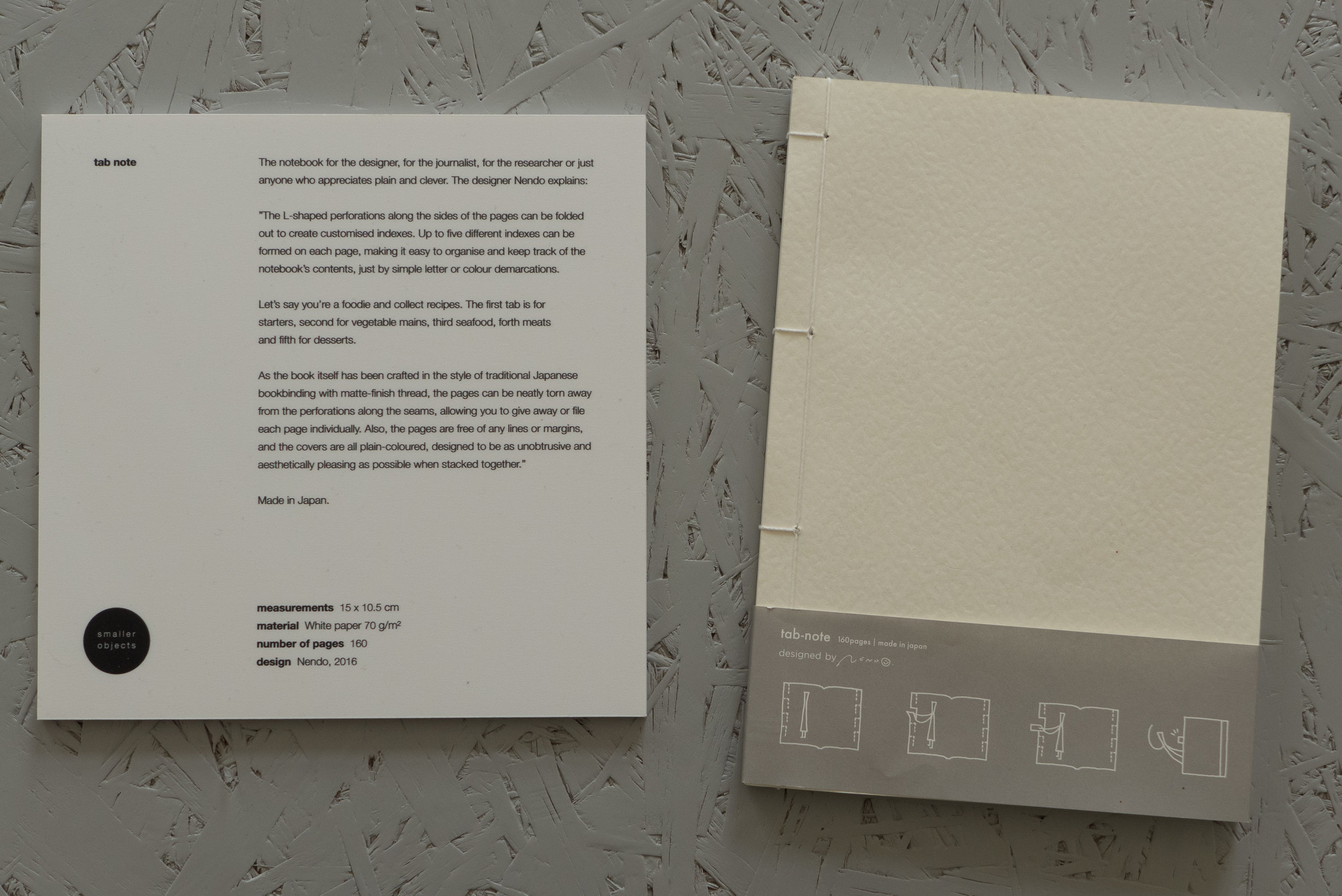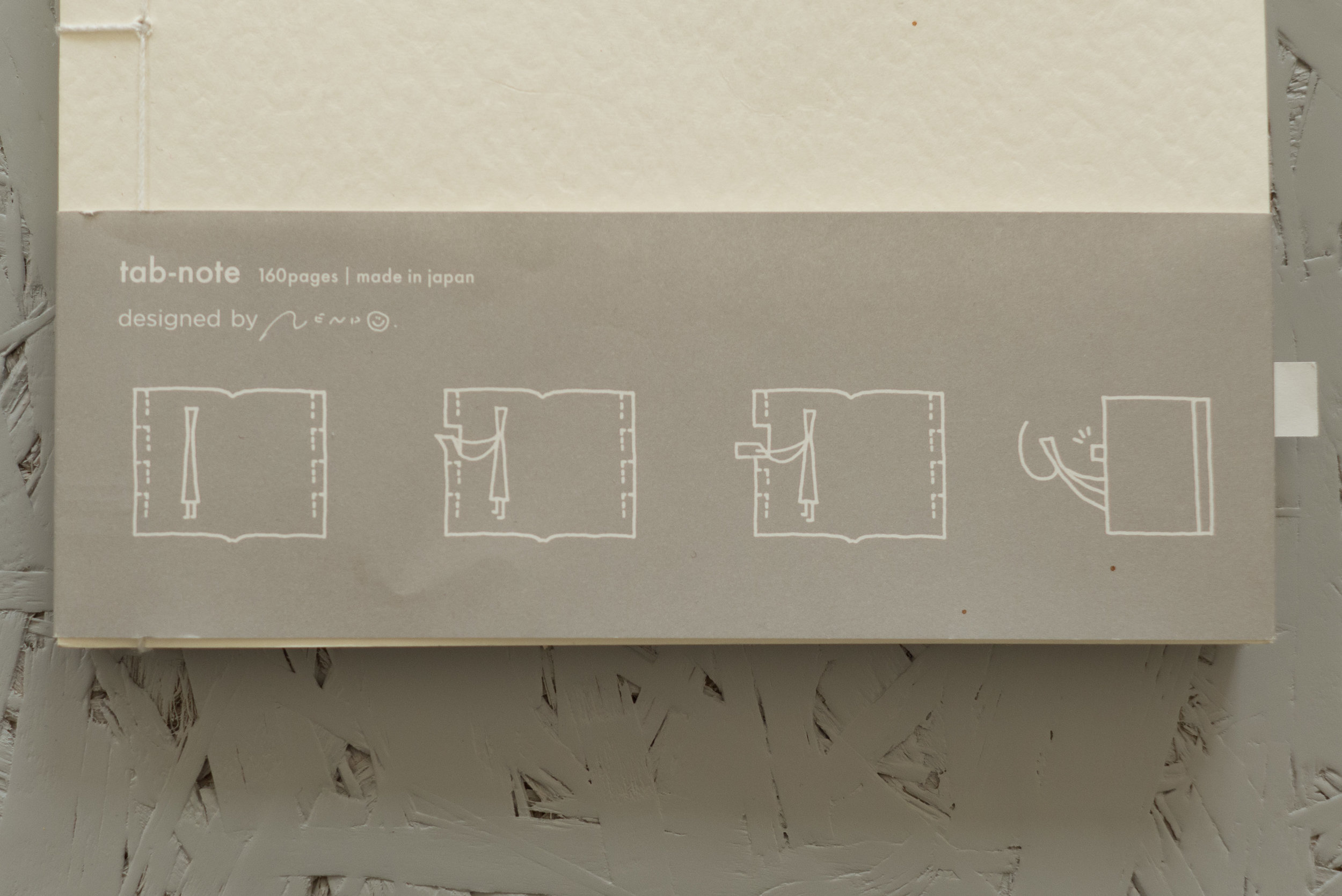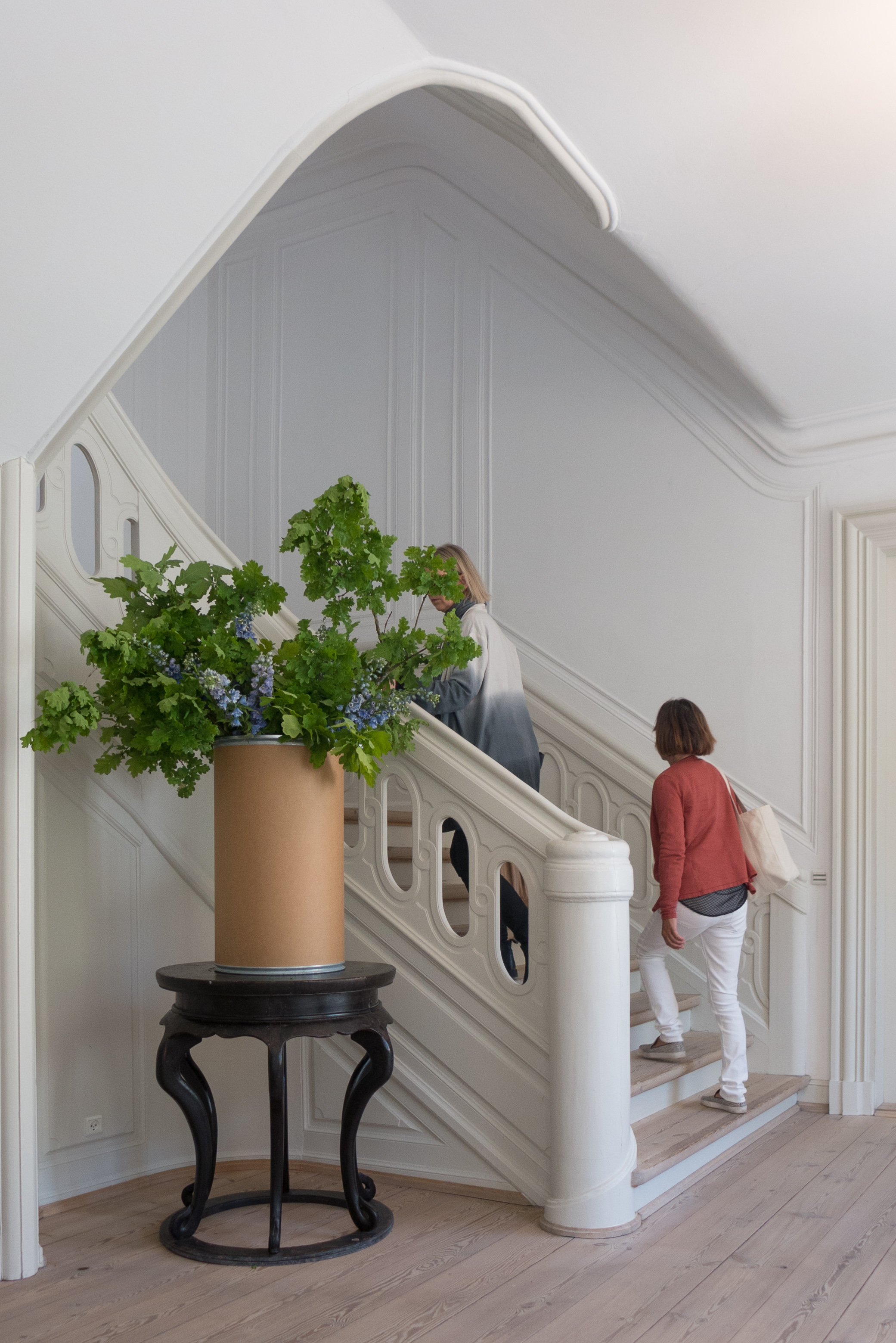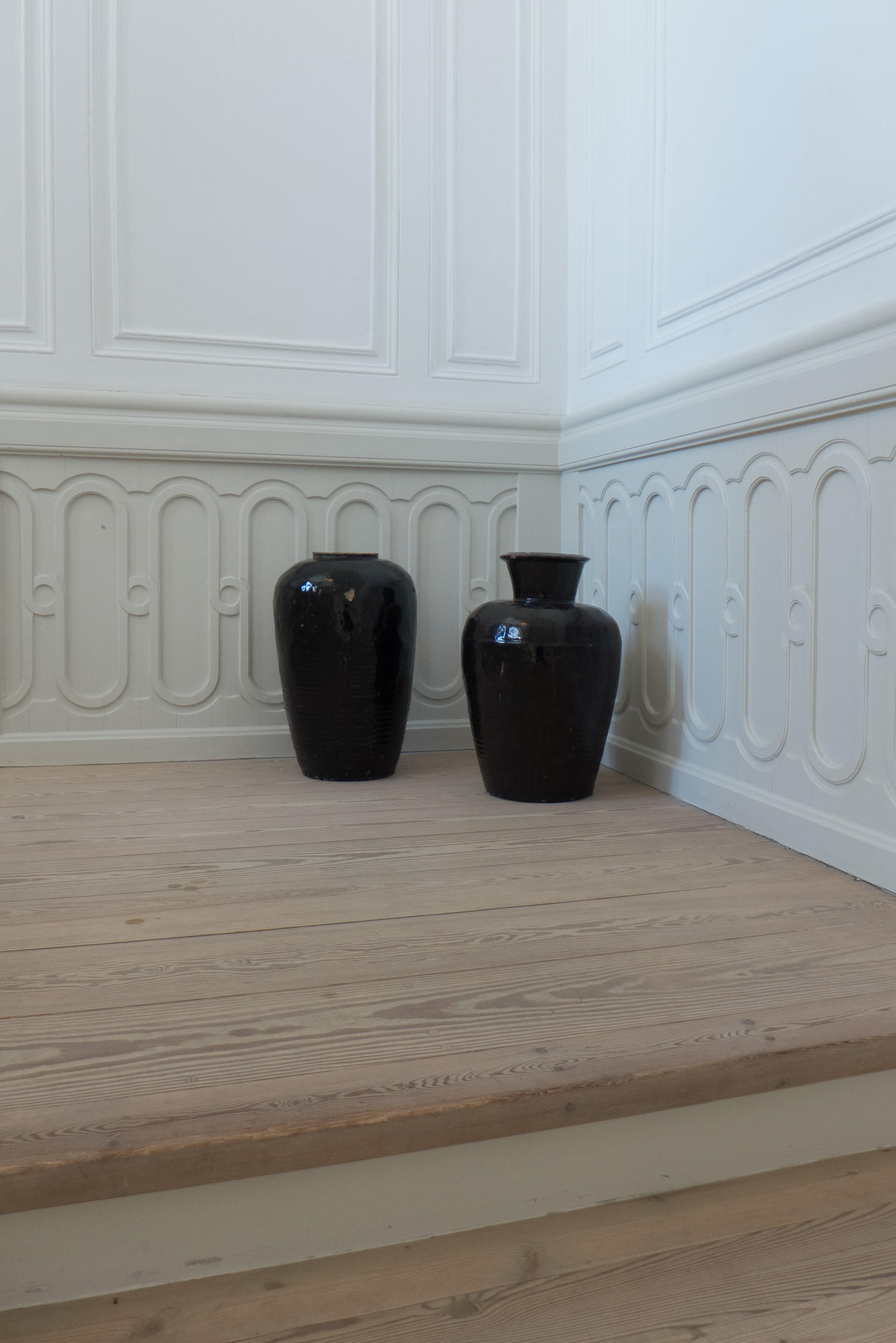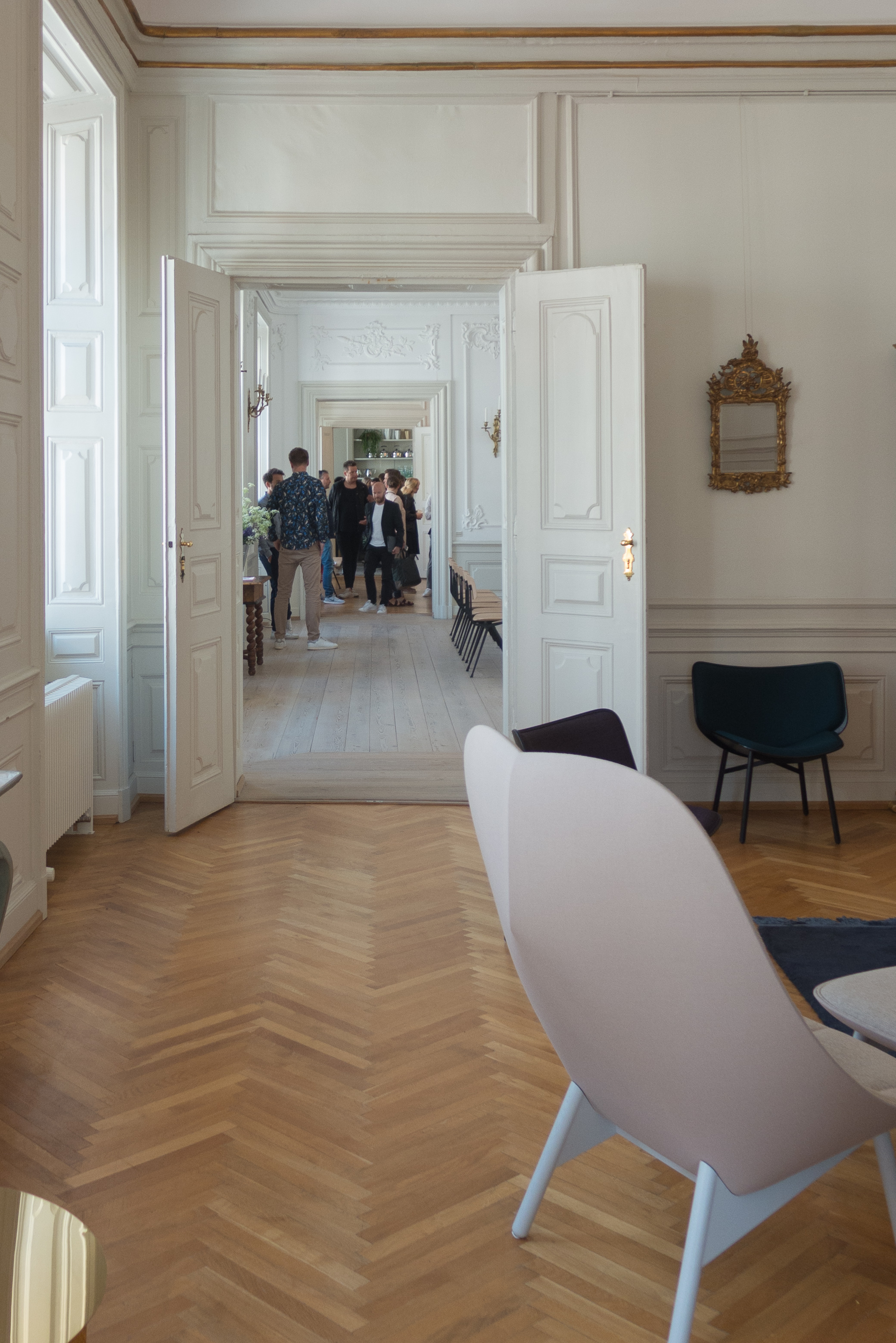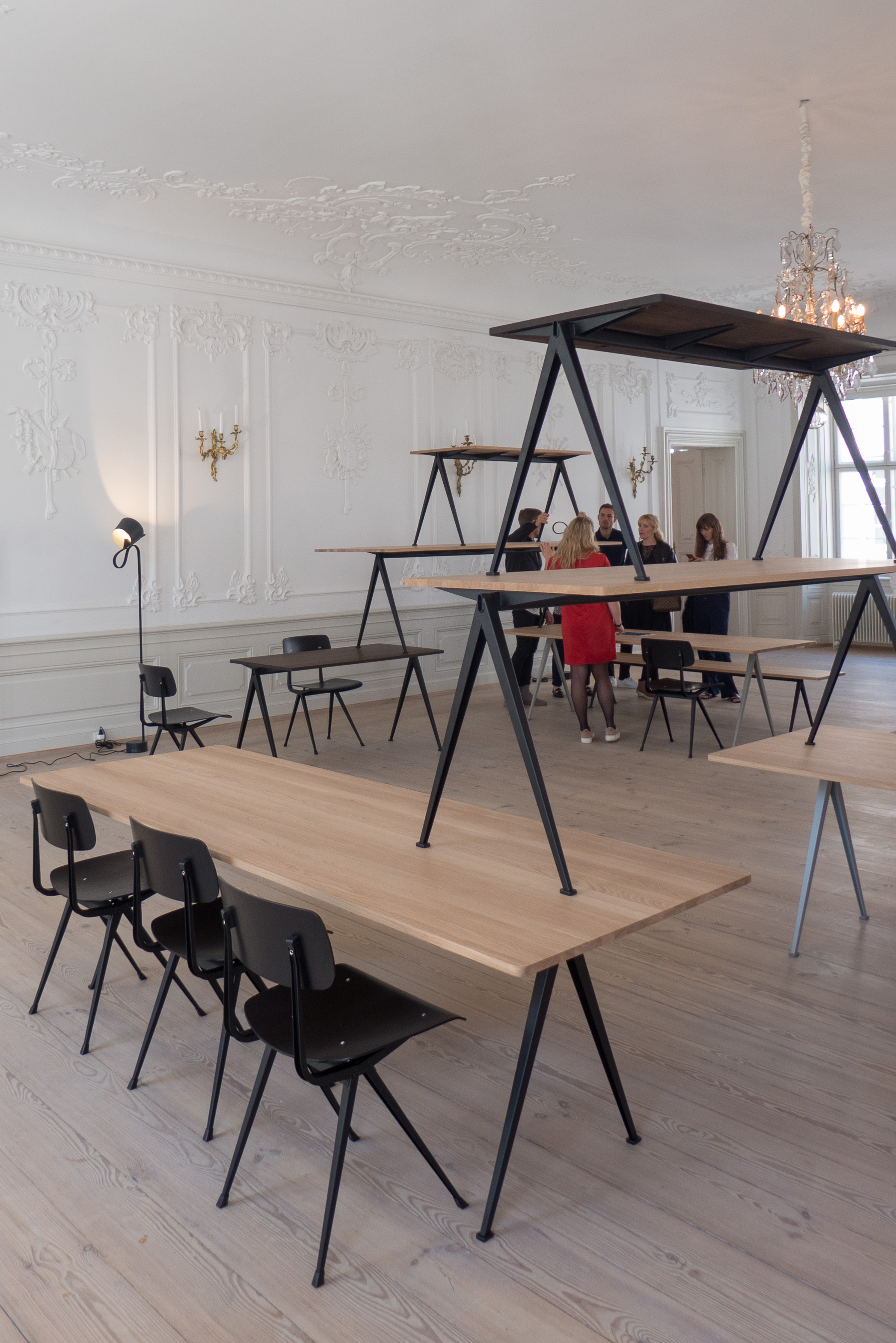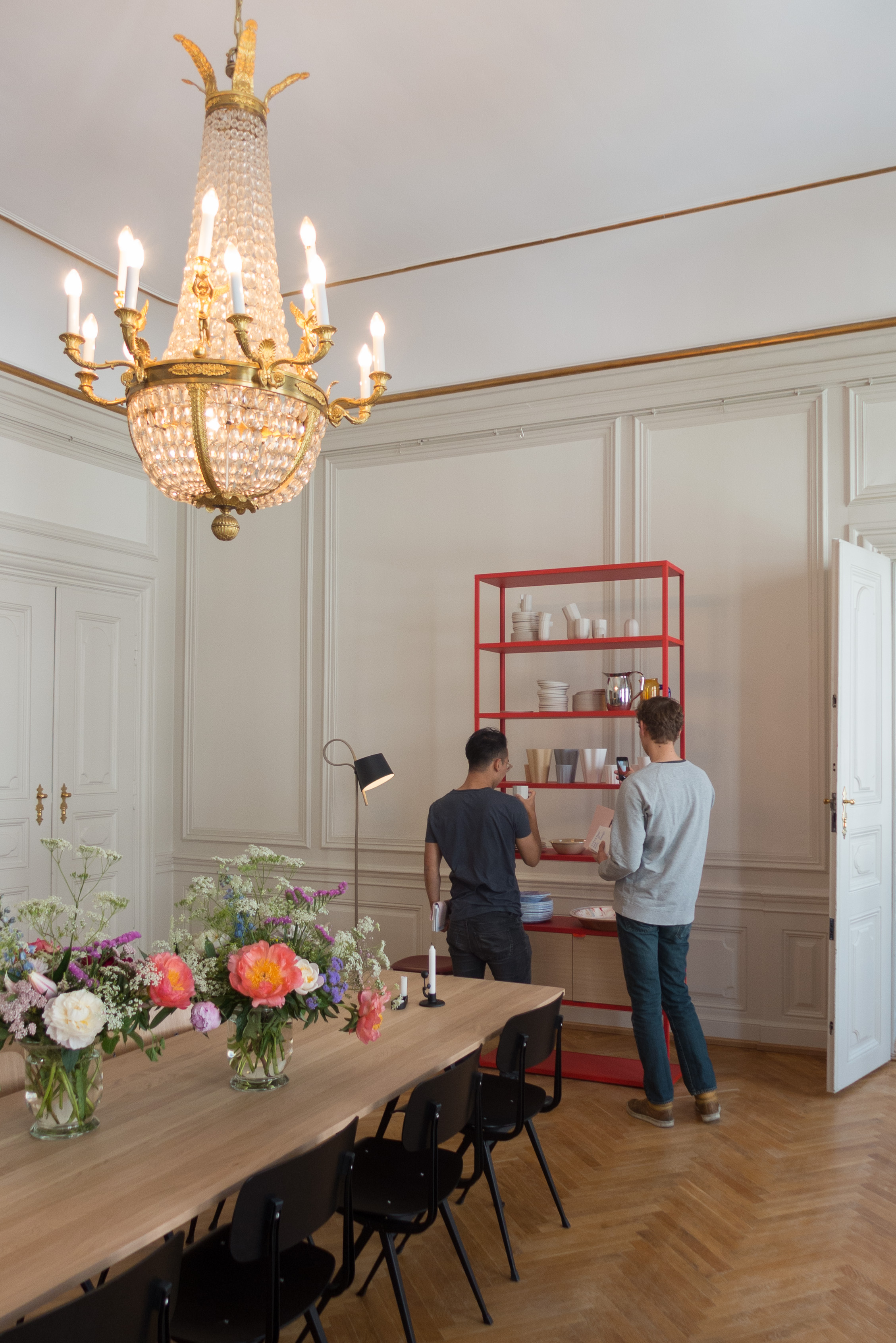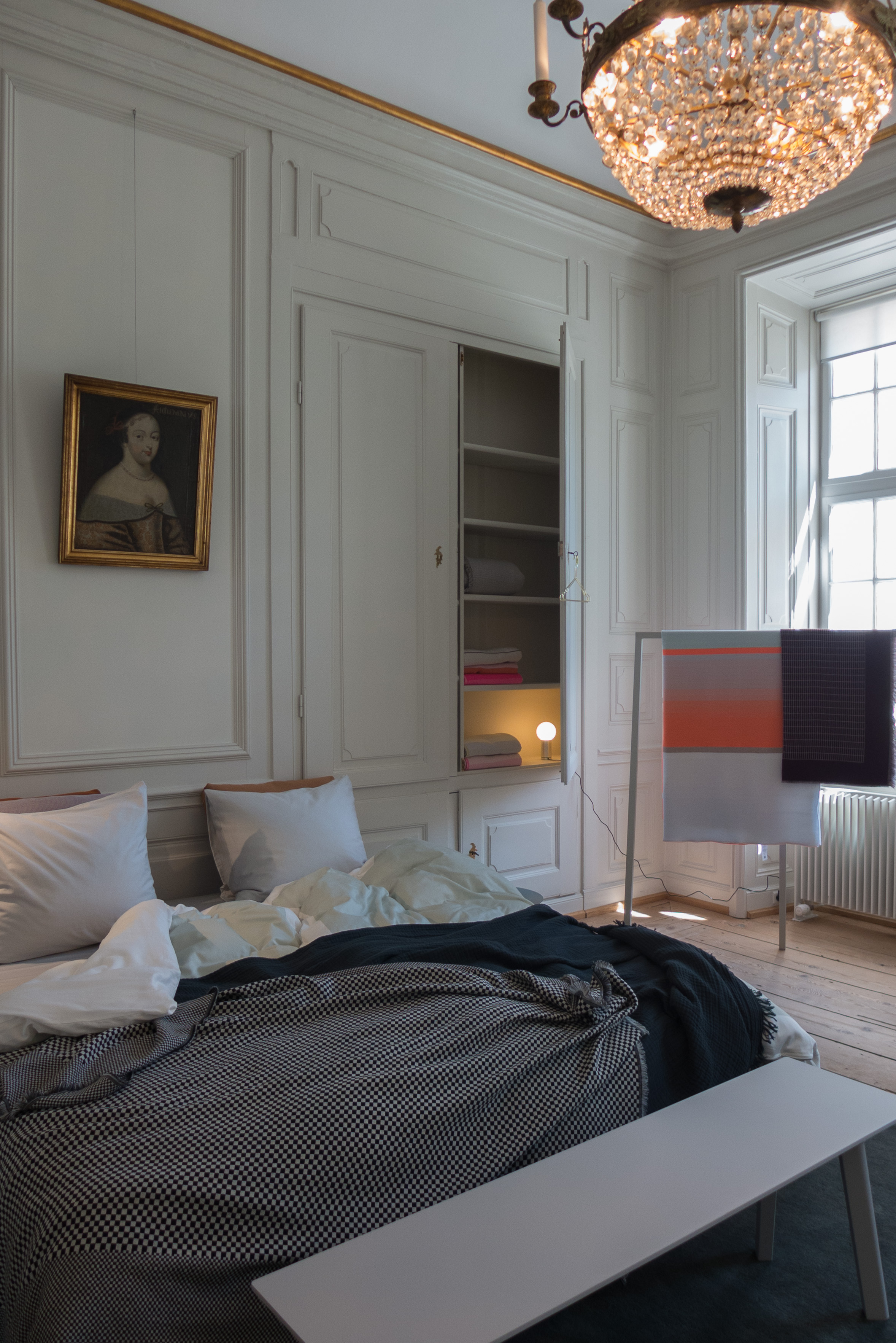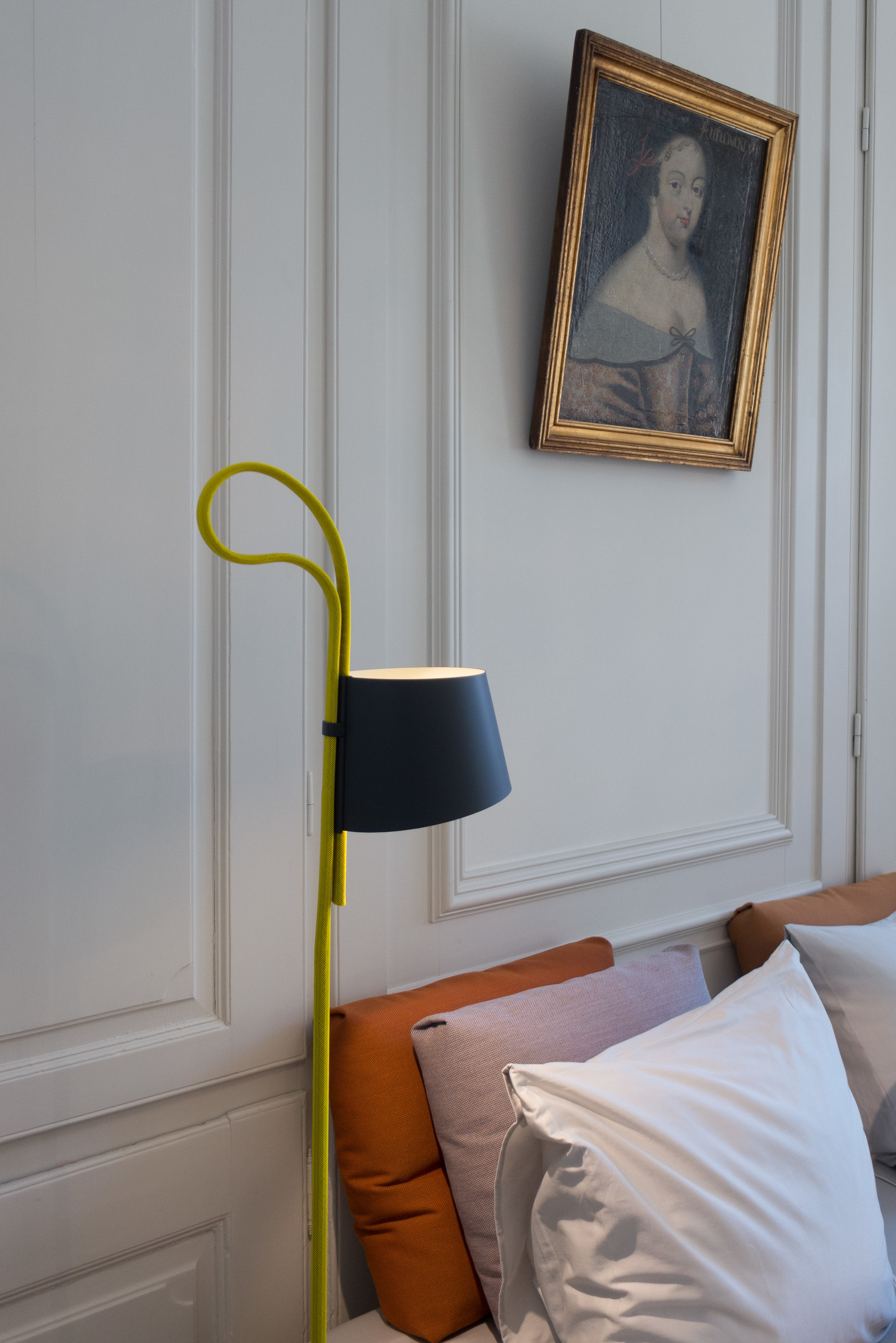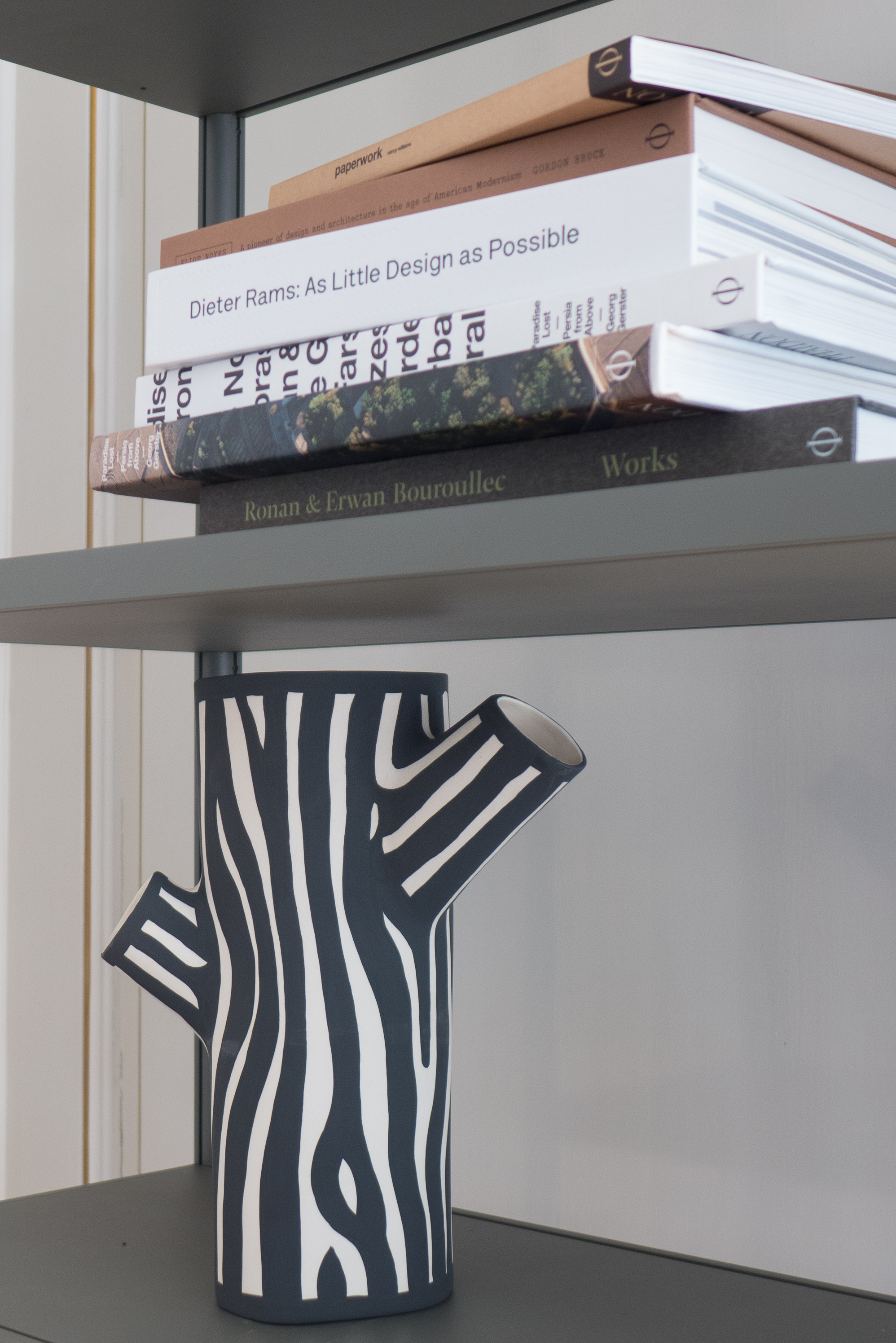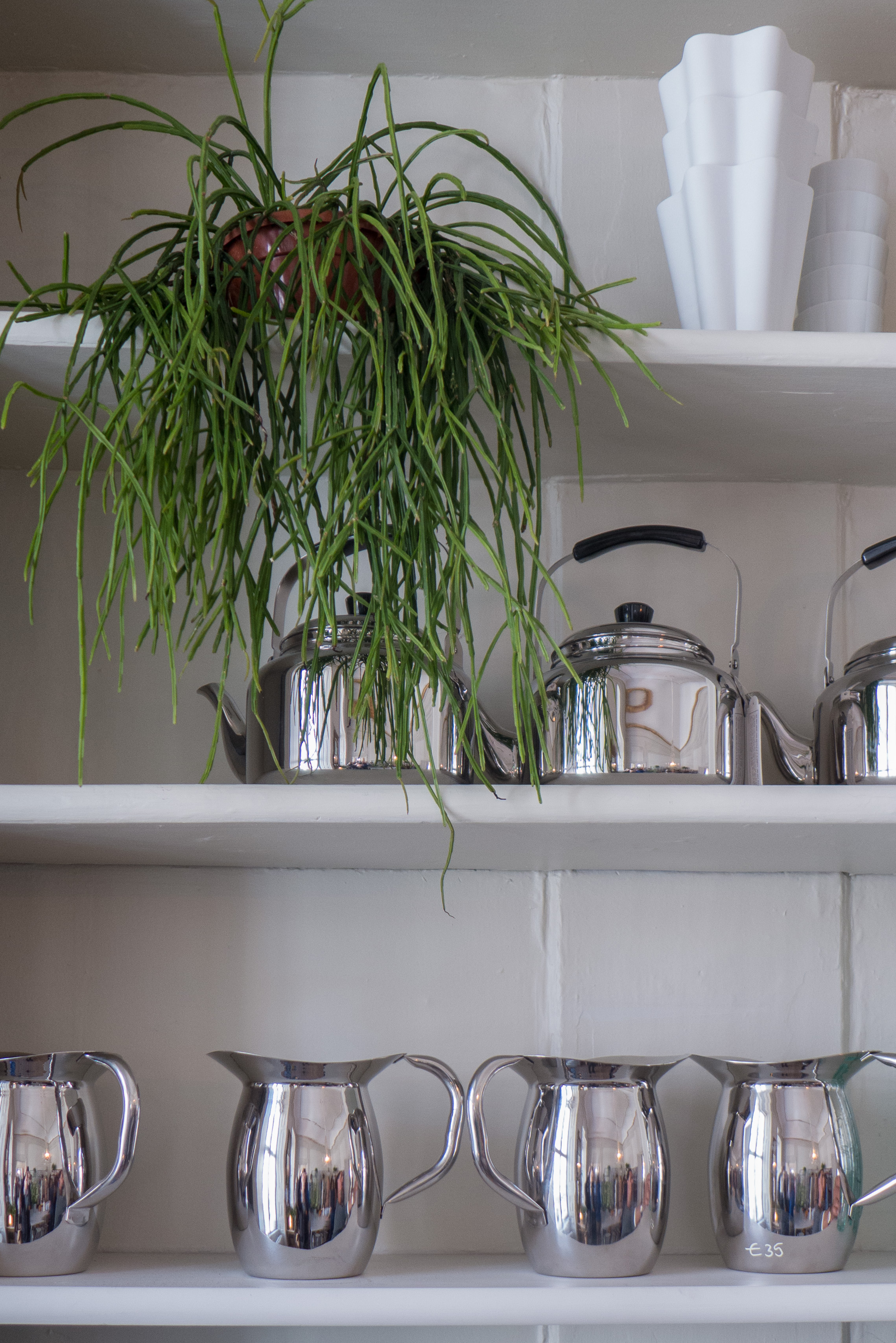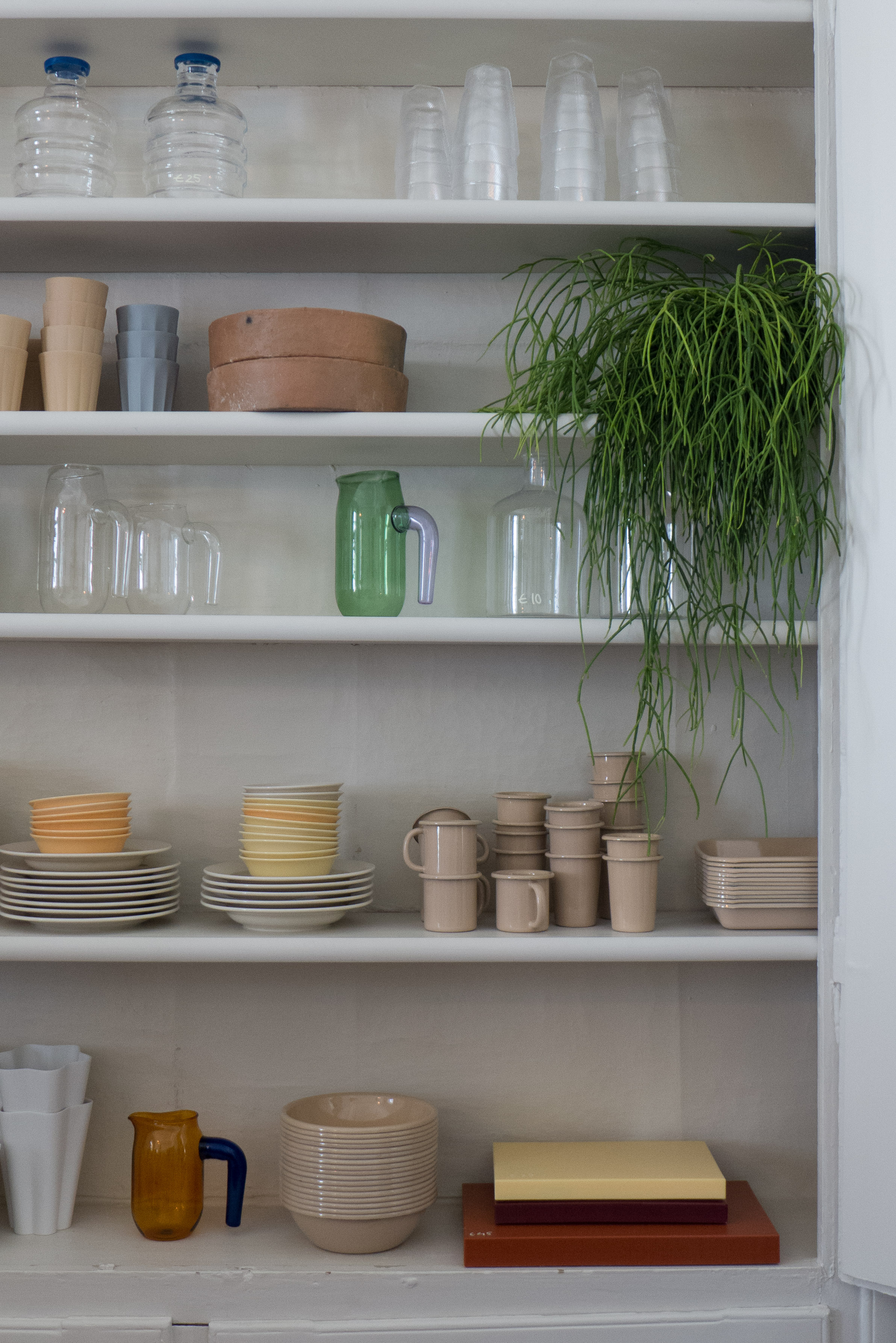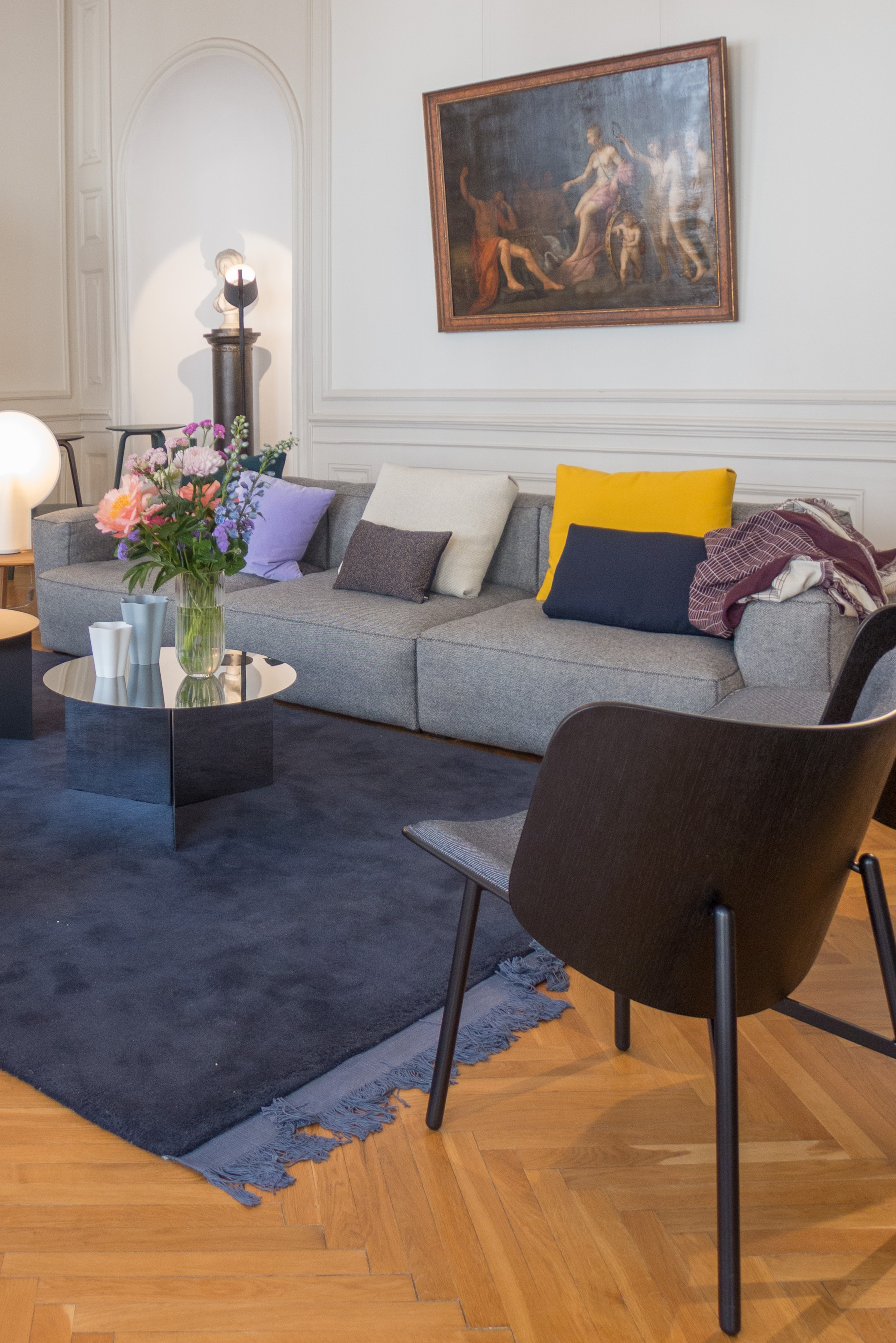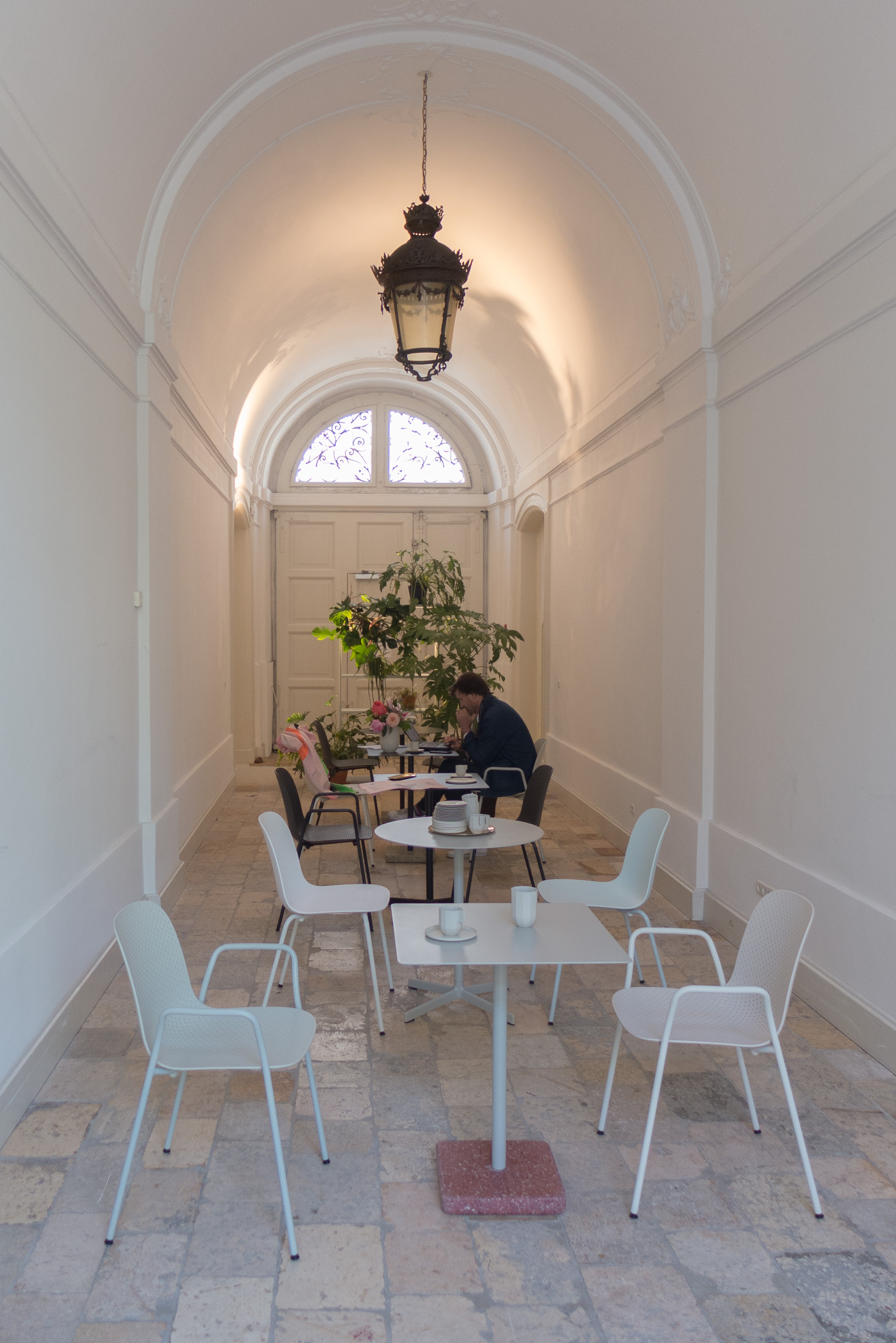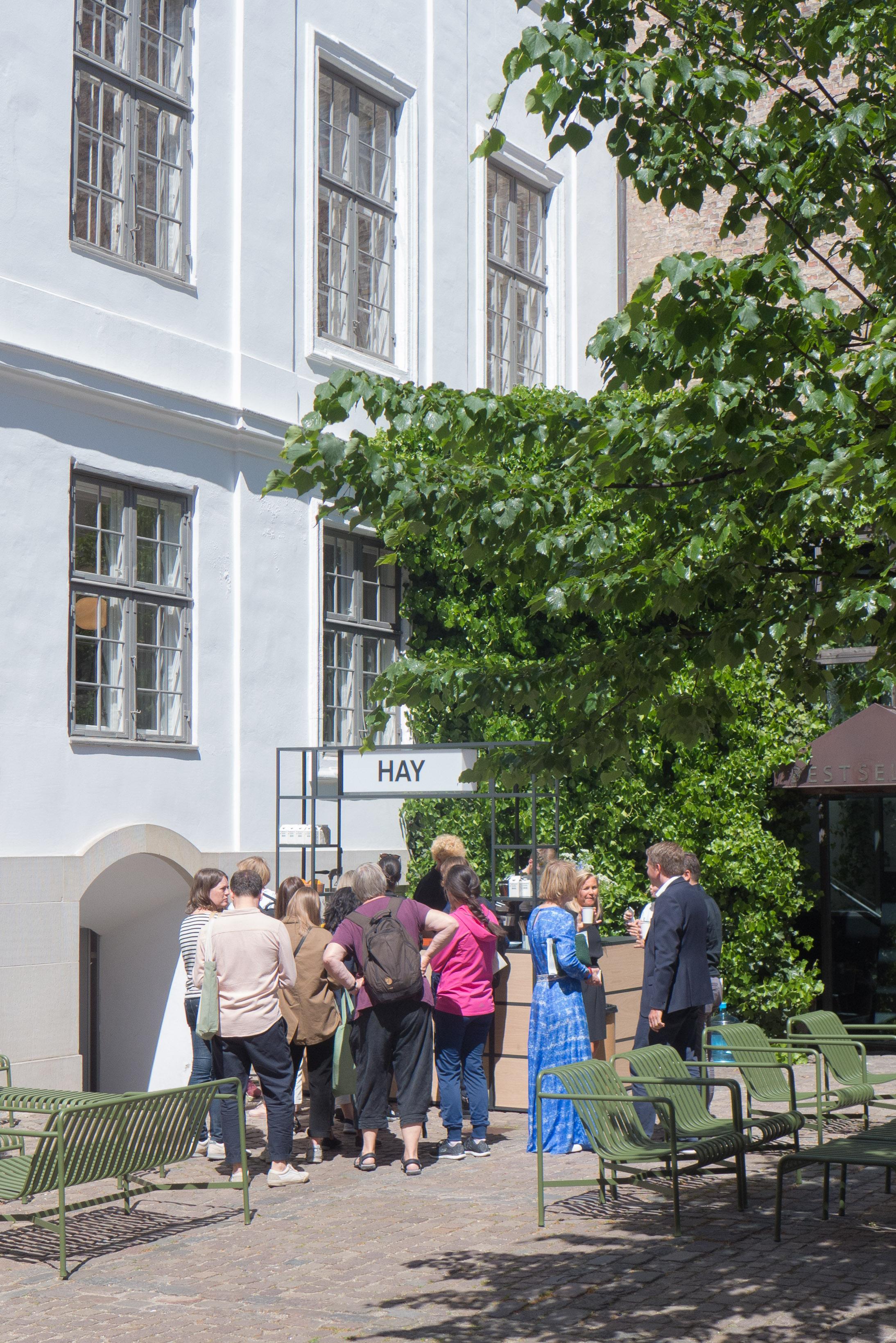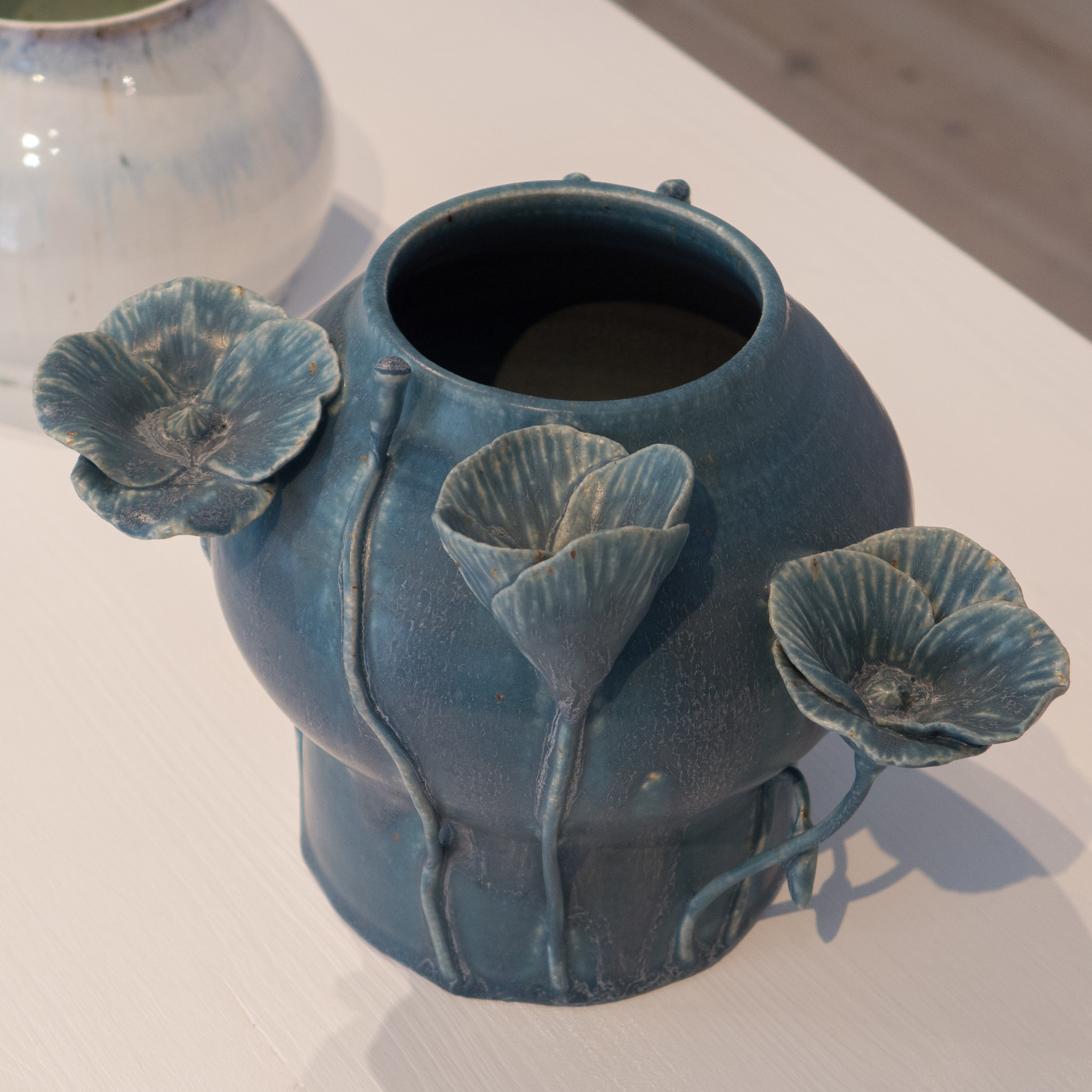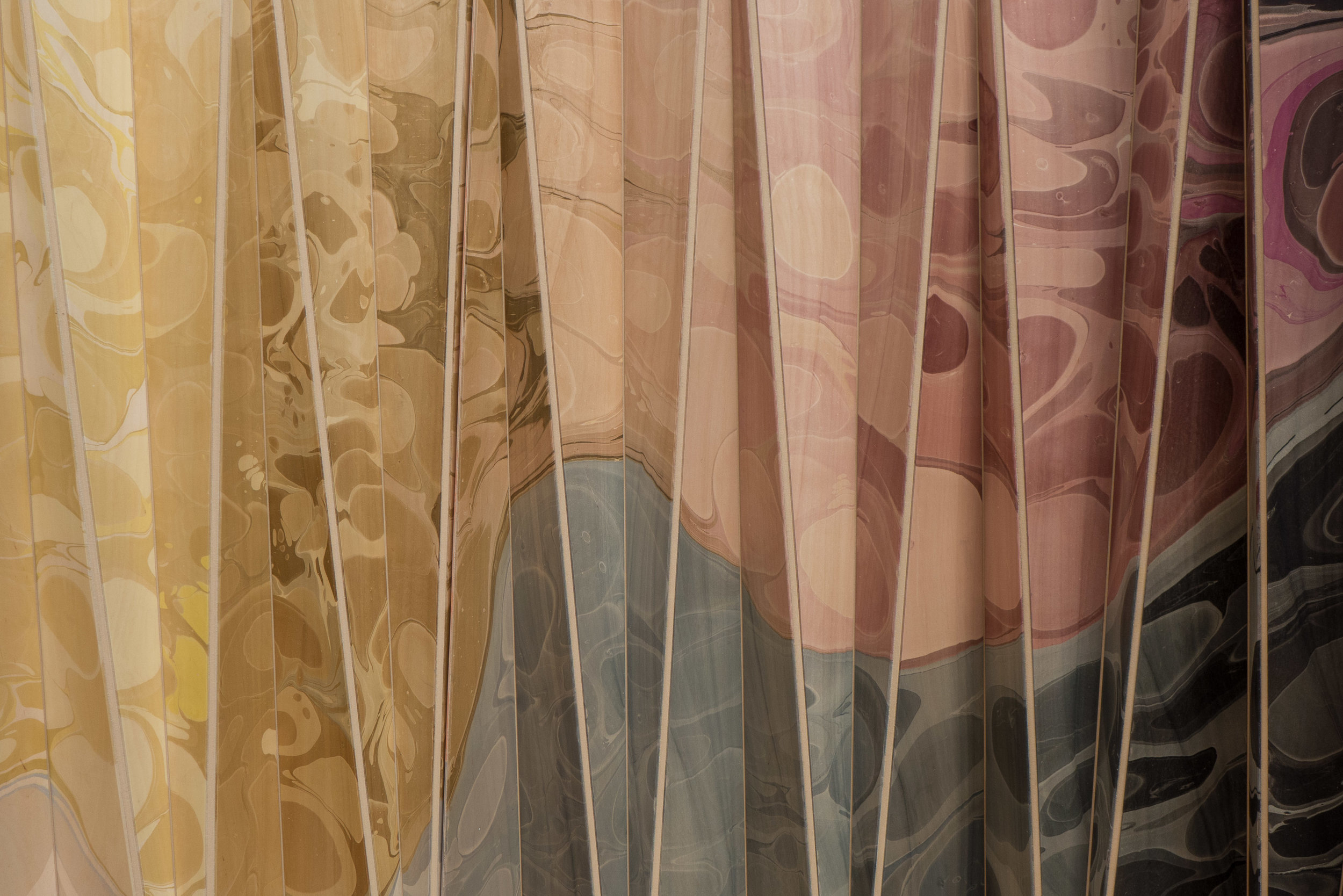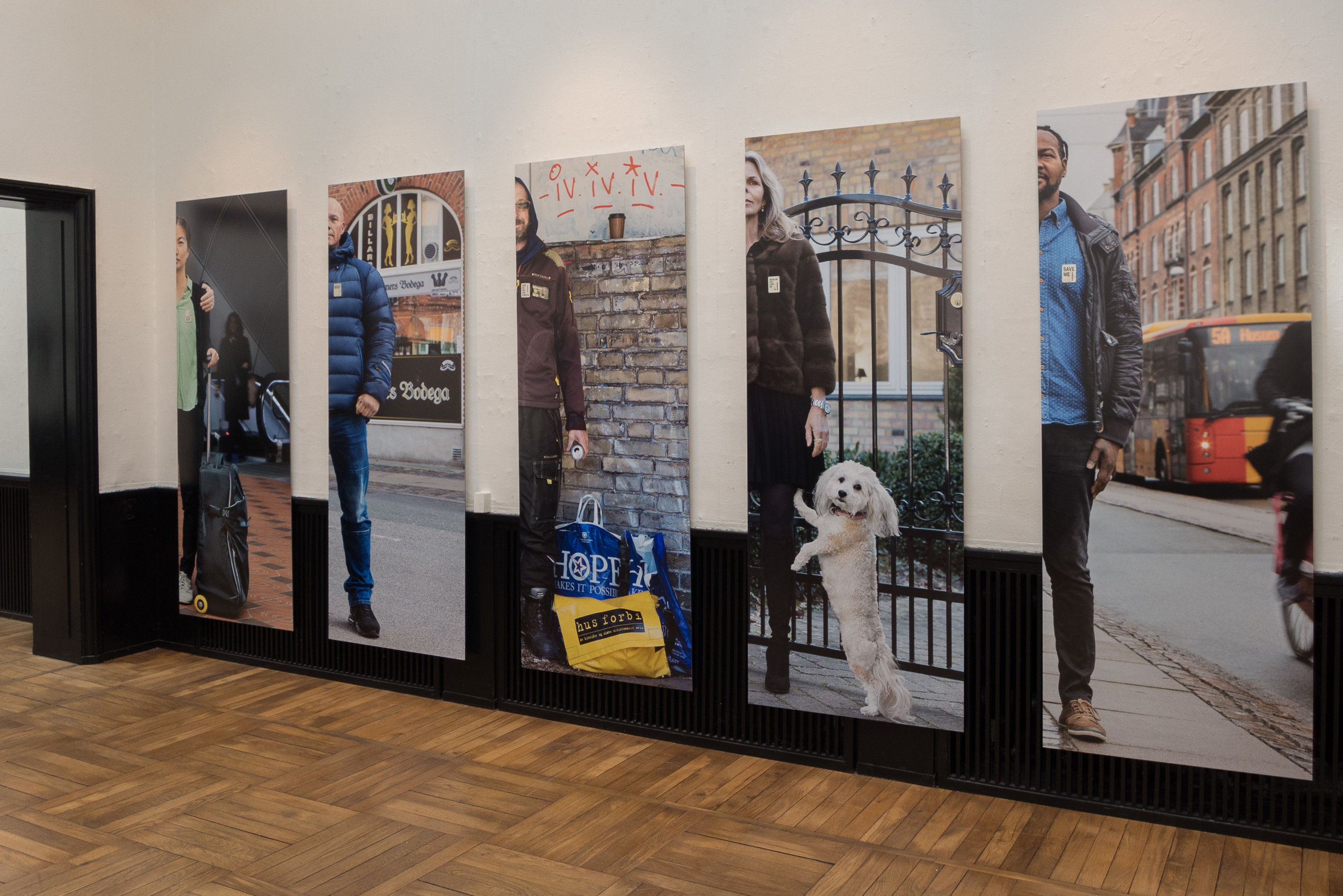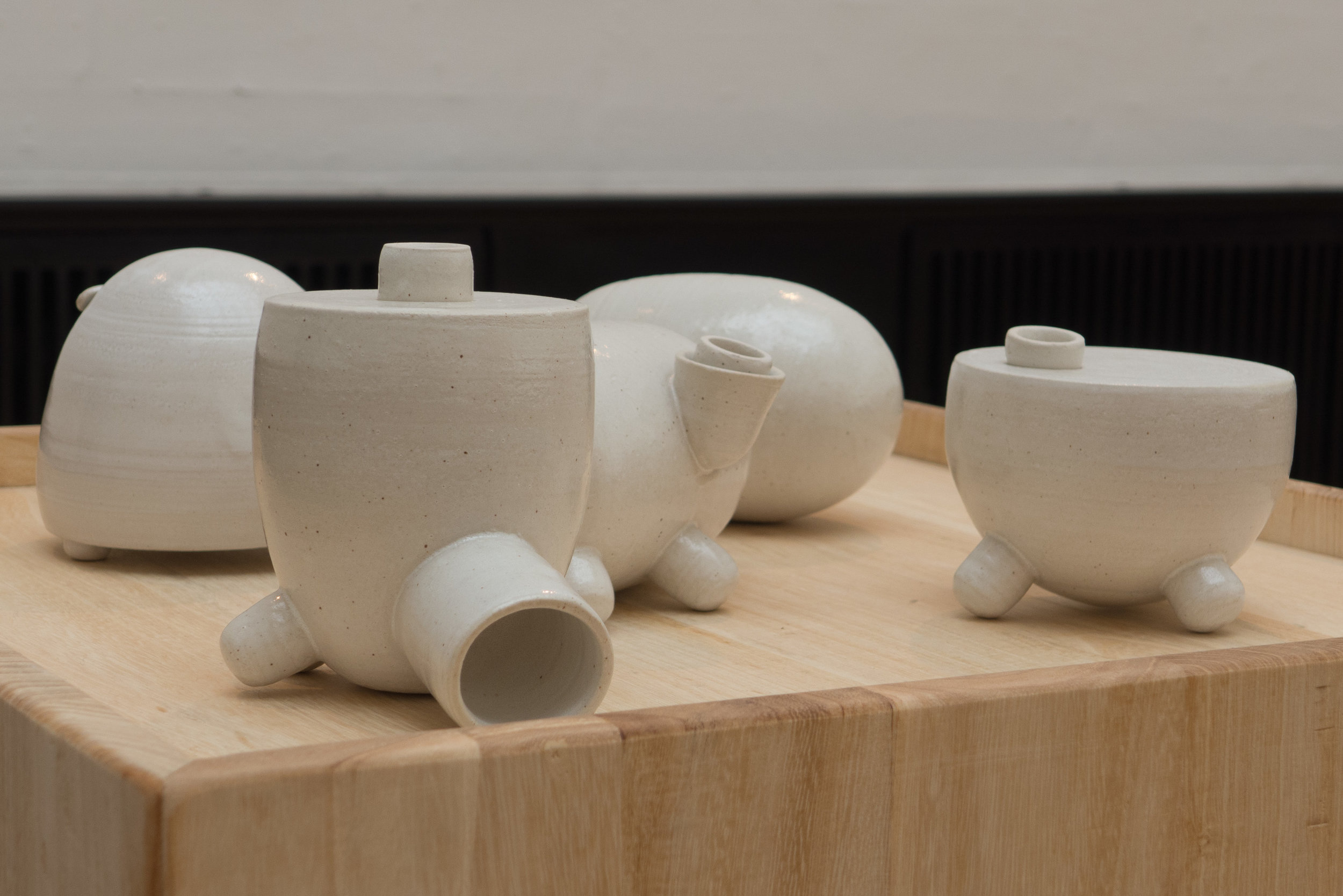On the 2nd June there was a major event where the companies and designers from Finland who have been showing in the gallery were at Design Werck to talk about their designs and about the work produced by their companies.
There was a good general discussion about Nordic design that was led by Mads Arlien-Søborg - the design expert from DR TV in Copenhagen - with Johanna Vurio, CEO of the furniture company Nikari Oy, and Ulla Koskinen, editor for the design magazine ASUN - I Live.
People introduced themselves and talked briefly about the work produced by their companies and the strong common theme that emerged was that each had a distinct and unique and interesting story to tell about how their companies had been established but, and much more important, what came across in simply through talking about this, was their passion and commitment to good design.
This should not be surprising but it was obvious, as so often, that it is this background story that is not just a 'unique selling point' but is the best way to help potential customers understand the product … the way for the designer or manufacture to get across, in an interesting way, why the design is important and can be half the battle to justify the price - important in a competitive market - and is also the best starting point to explain the merits of the work … to explain how a piece works or explain why one material rather than another was chosen or why something was made in a specific way.
Of course a customer can be overloaded with information but equally many of the important factors about a product might not be immediately obvious when it is seen in a crowded shop display. It is important to get the balance right and important to include at least some of this back story on packaging.
The discussion moved on to the idea of marketing Scandinavian design generally as a way of pooling resources but also as a way of strengthening the image of the region for it's design.
The well-attended discussion session was followed by food from Finland and that was a fantastic opportunity to chat with the designers from Finland and with the teams from the different companies.
Design Werck, Krudløbsvej 12, Copenhagen


